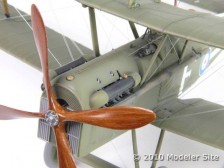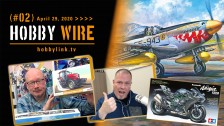Find more Volks Shinden products at HobbyLink Japan
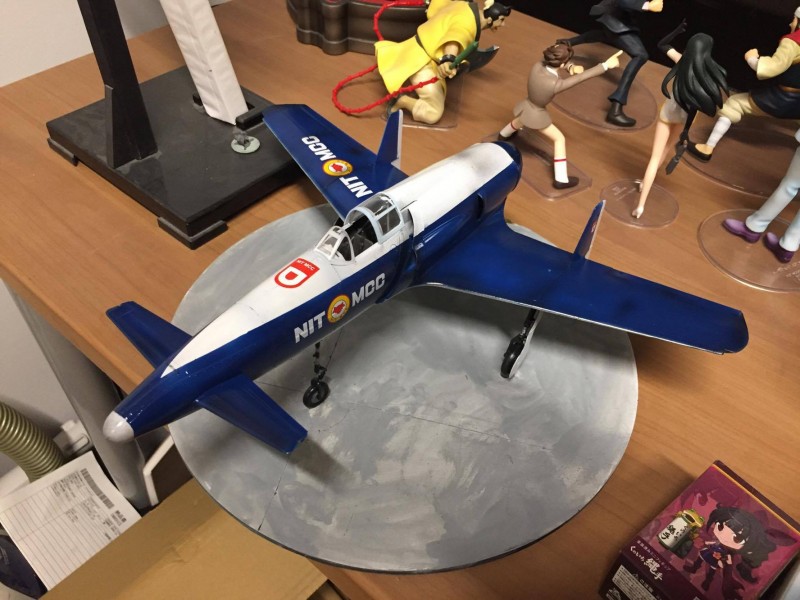
By the Seats of Their Pants…
Air racing, at least with heavier craft, has been with us almost as long as aircraft themselves.
Whether it be about speed, endurance and other firsts/records/whatever, or simply the organized races that became so important in the 1930s – such as the famed Schneider Trophy, a detailed history of which can be found here – every country has bred people willing to take to the skies for nothing more than the simple thrill of defying gravity.
Indeed, the first true air race was held in France on May 23, 1909 at the Port Aviations Aerodrome, south of Paris. Called the Run to commemorate the opening of the aerodrome, an estimated 40,000 people gathered to the airfield on the 23rd hoping to see the first great daredevils of this ‘new age of flight’ – and, despite delays, weather, and bureaucracy they were not disappointed.
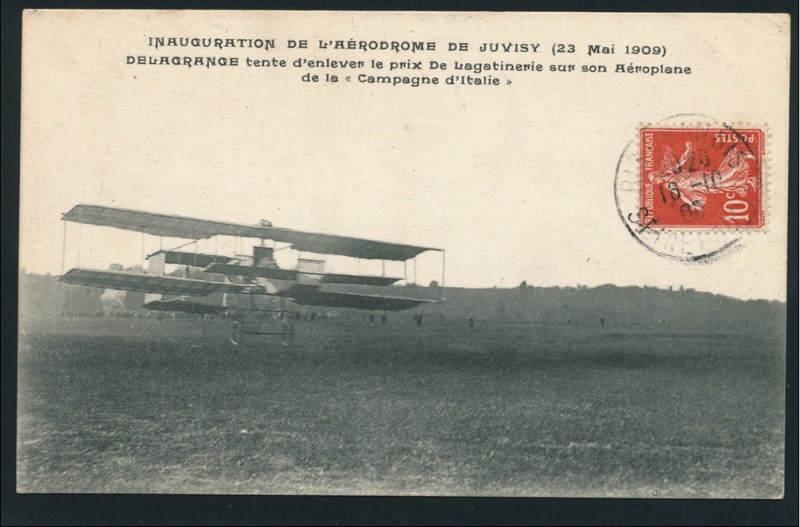
Among the general festivities, the main attraction of the day was the 5,000 Franc “Prix de Lagatinerie” race, which was to take place around the perimeter of airfield. With nine entrants, only four of whom actually appeared on the day, one would think a prize of 5,000 Franc was rather excessive. However, the sponsors for the race, the Barons Charles and Bernard de Lagatinerie, were so taken with this new wonder of the new century that they were willing to sacrifice anything to see the nascent technology flourish for, as Charles is meant to have said, “War may stimulate the human mind as much as is destroys the body. However, in the blessed absence of conflict, there are other ways to stimulate the creativity of the human mind. Money means little when compared to daring.”
Nine entries, four showed up, and only two took to the skies and no-one finished the race, but even so, the daring of the eventual winner, Léon Delagrange, won the hearts of the crowd as he skimmed the earth at a graceful, yet seemingly impossible 30mph.
Do not get me wrong. This was not the seed, as such. The seed was in all who saw aircraft for the first time. Some race had to be the first, and this was the one.
In 1909 alone, dozens of such races were sponsored all over Europe, the US, and other parts of the world, with each one serving spur on innovators to turn the string-bags that could barely get off the ground into the true racing machines of the glory days.

One of the chiefs of these races was the English Daily Mail Circuit of Britain, which ran from 1911 to 1914 – and might have run longer had not the Great War forced the repurposing of European Aircraft into the warbirds they became.
The races were the most prestigious of a series of air events sponsored by the Daily Mail Newspaper between 1905 and 1925, and these specific races helped set not only the gold standard on such races, but also on how aerial technology could be used beyond the simple act of throwing them around the sky at ever increasing speeds.
The first of these three events was a Milestone 1000 mile cross country endurance race, starting and ending at the Brooklands airfield in the county of Surrey. Descrying a rough map of the whole country from the Home Counties to the edges of the Scottish Highlands, the aviators of this race ran themselves, and their machines, ragged but in just over 22 hours, Jean Conneau ran the course fully in a Blériot XI monoplane with an average speed of an almost unprecedented 46mph, earning for himself the purse of 10,000 GBP.
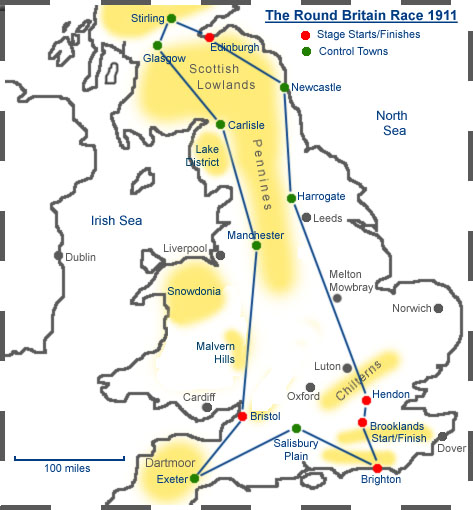
Sadly, the following races were utter failures. In 1913 (which was for British made floatplanes and seaplanes) only one participant was even able to get their plane out of the water at start time, and the pilot was nearly killed when his plane was wrecked at an Irish refuelling stop. The 1914 race did not even take place, owing to The Great War breaking out.
War Stimulates Invention, but Armies Resist it
This paradox, proposed by Lewis Mumford echoes the feelings of Charles de Lagatinerie. However, in 1914, when one considers the very necessaries of that, then-unique conflict – even when balanced against the general inertia that goes with the military mind – it was inevitable that, along with the so-called ‘Water carriers for Mesopotamia‘ and all the other strides the combatants took, they brought their aircraft to war.

Early in the war, artillery officers realized that aircraft could be used to replace their more usual balloons for spotting for guns and spying on troop movements. It may seem strange to some, but these first reconnaissance aircraft did not carry weapons up with them in the early stages, as all sides simply did not think in those terms yet.
However, on, or around the 12th of August 1914 Lt. William R. Reed of the British Royal Flying Corps took what is considered to be the first shots of the Aerial War – first unloading his rifle at an enemy spotter, before resorting to his partner’s pistol, and even going as far as throwing said pistol at the enemy.
Factual? Apocryphal? Does it matter who started the whole thing?
The fact remains that between the summer of 1914 and the birth of the true fighter plane in 1915 (when Roland Garros first took took up an aircraft fitted with a dedicated machine-gun mount) seemingly every type of offensive weapon – from lewis guns to hand grenades – were taken aloft to try to knock out the opponents’ eyes in the skies.
Roland first used an armored propellor, which allowed him to fire directly through his spinning blades, the steel plates deflecting bullets which did not make it through.
Crude, but it did spur on the Fokker company of Holland to develop the synchronization gear, which was a timing mechanism that linked the firing of the machine gun with the movement of the propeller blades.
But What has This Got to do With Air Racing?
It is a little oblique perhaps, but it is not surprising that, following the war, out of work pilots, engineers, and businesses and governments took the technologies which had quite literally risen above the mud of the ‘old world’ and seemed to be ready to project humanity to the future.
Airmail, long distance airlines, freight services, and exploration.

As the world shrank in the wash of increasingly powerful propellers, the air racers returned to the skies, backed by companies looking to perfect their technologies and daring souls looking to perfect their skills.
Even to this day, air racing skill attracts crowds around the world. Perhaps not as novel as it once was, but still drawing inspired engineers and pilots to feats as daring as any undertook by their forebears…
From the Aero GP, to the British air racing championship, and the revival of the famed Schneider Trophy, the world still thrills and, sometimes, spills of those ‘magnificent men in their flying machines‘.
Or women, for that matter.
Or, Goddesses in this specific case… Though why the Daughters of Odin would need a Japanese prototypical interceptor it is not for me to say.
The Build
As I said in the unboxing, I was going to try the aftermarket jet turbine kit for this model, and I must offer a little warning. It is not the best of fits, and does not come with many instructions. There will be a good deal of drilling and pinning to get this into place, but it certainly IS worth the effort for, as you can see this makes the craft look truly spectacular.
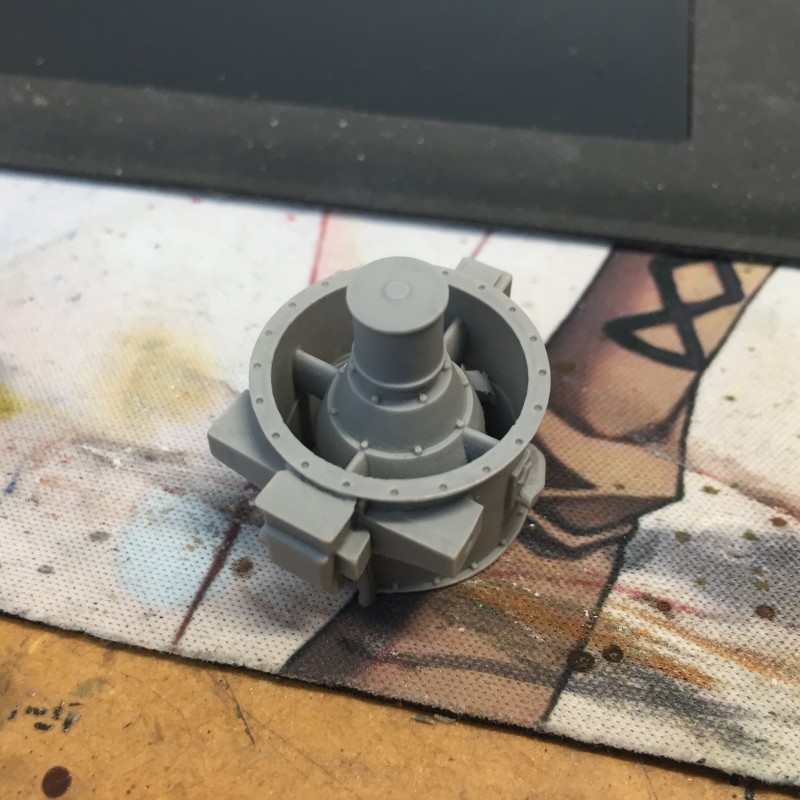
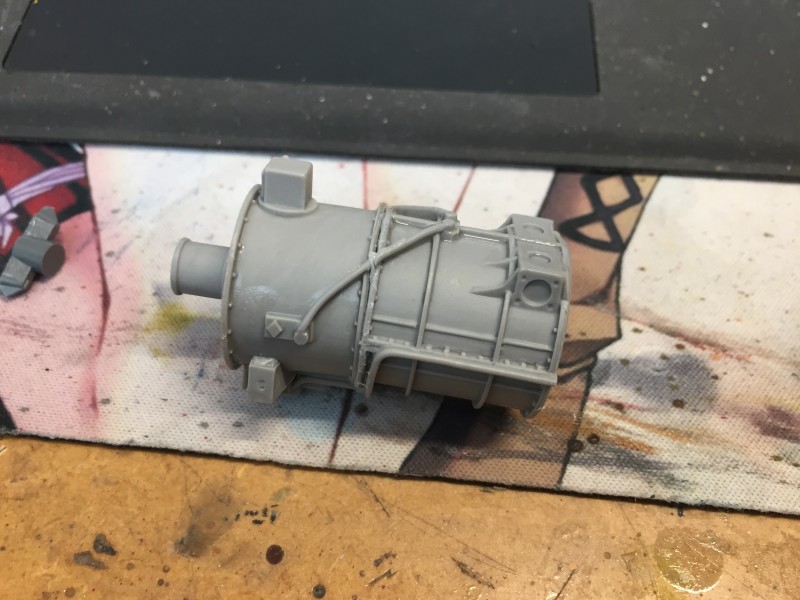
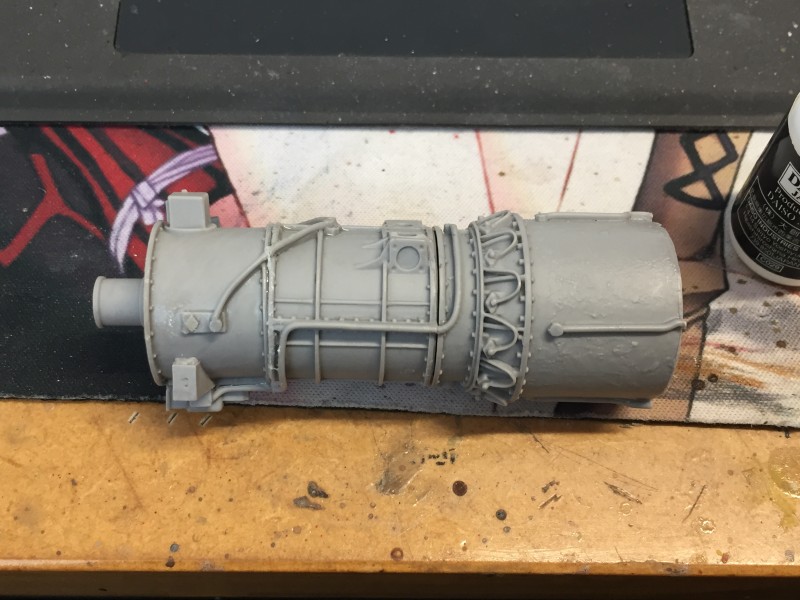
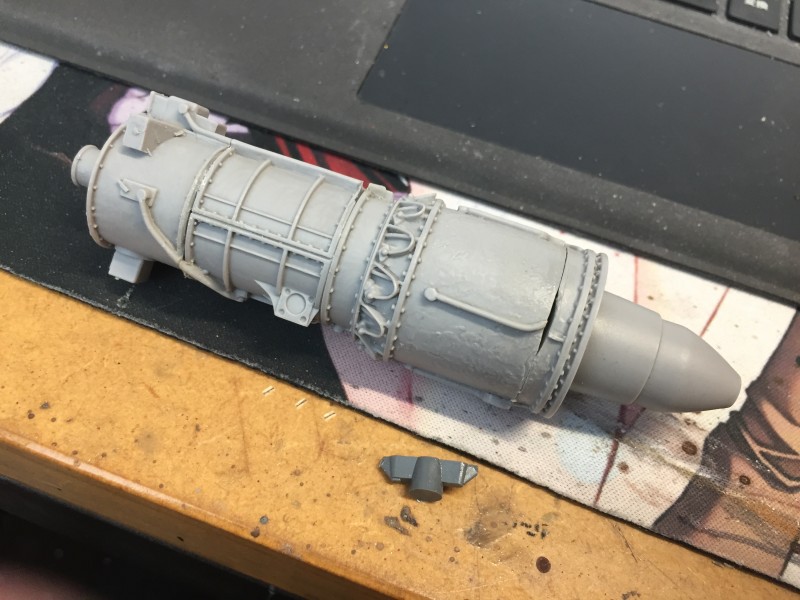
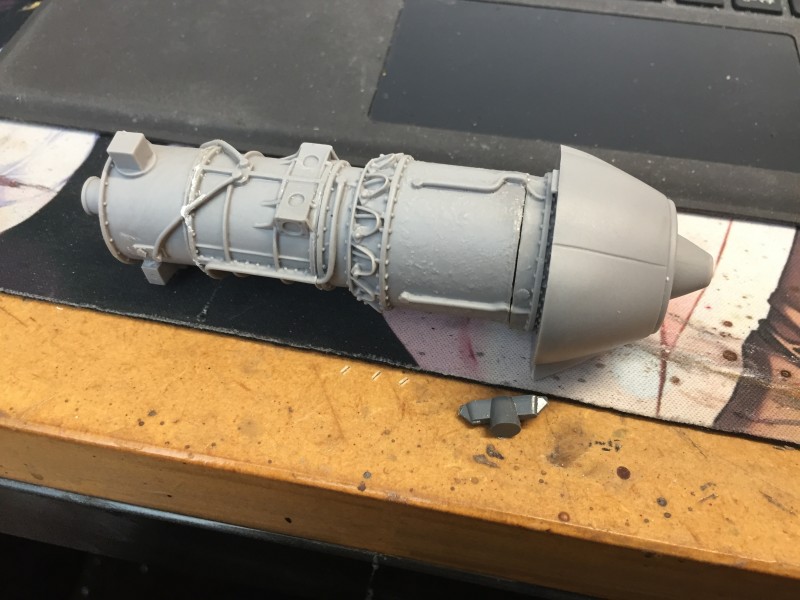

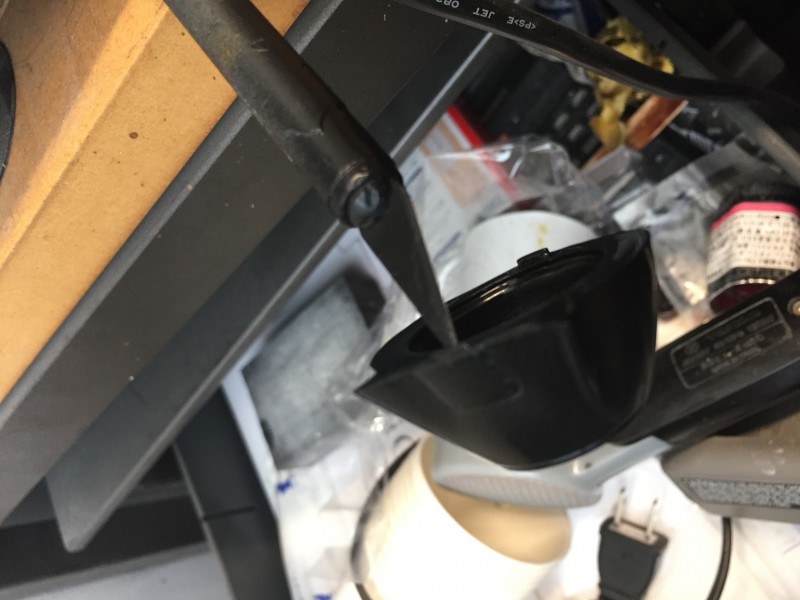
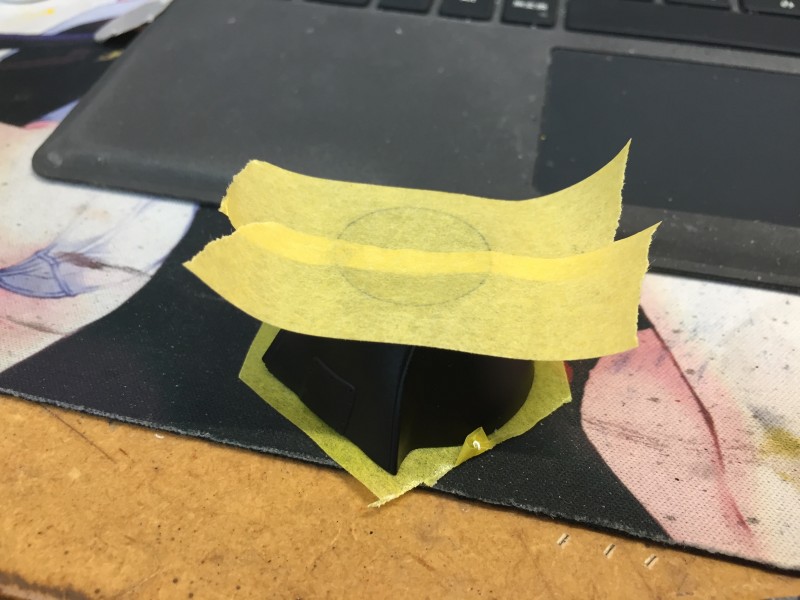
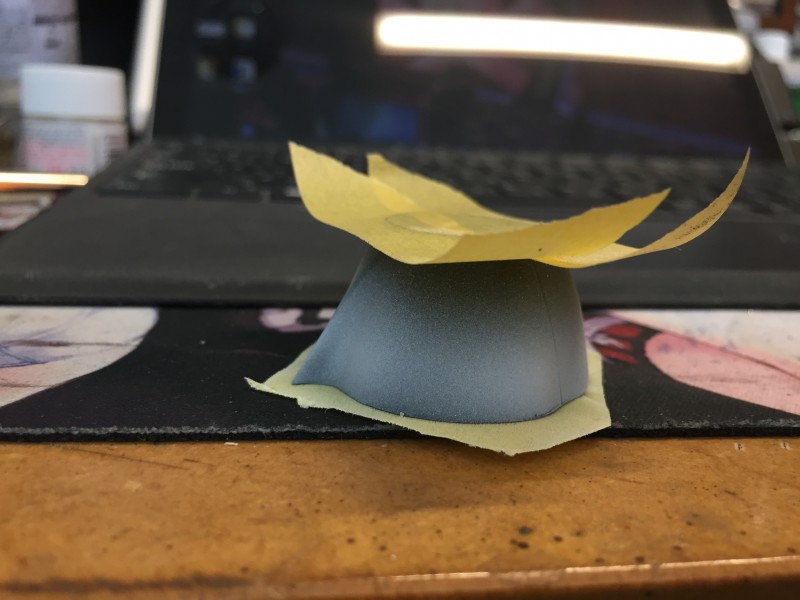


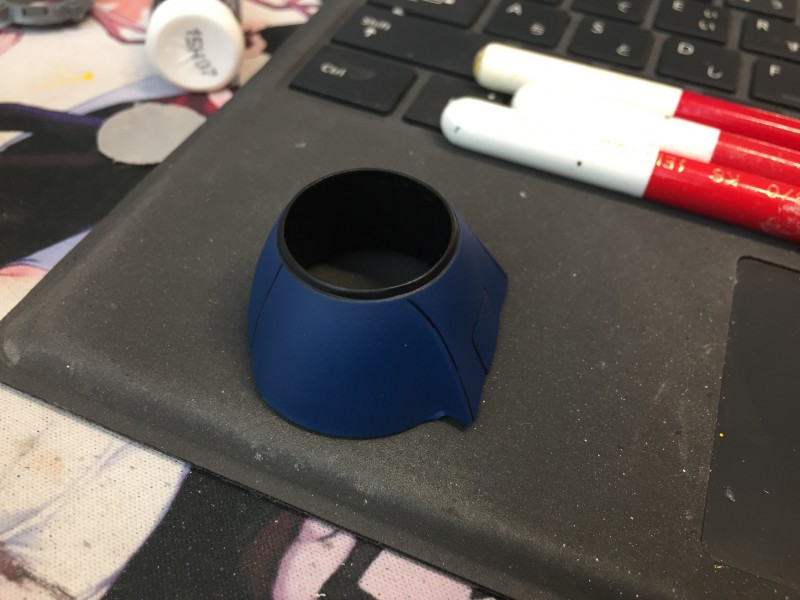
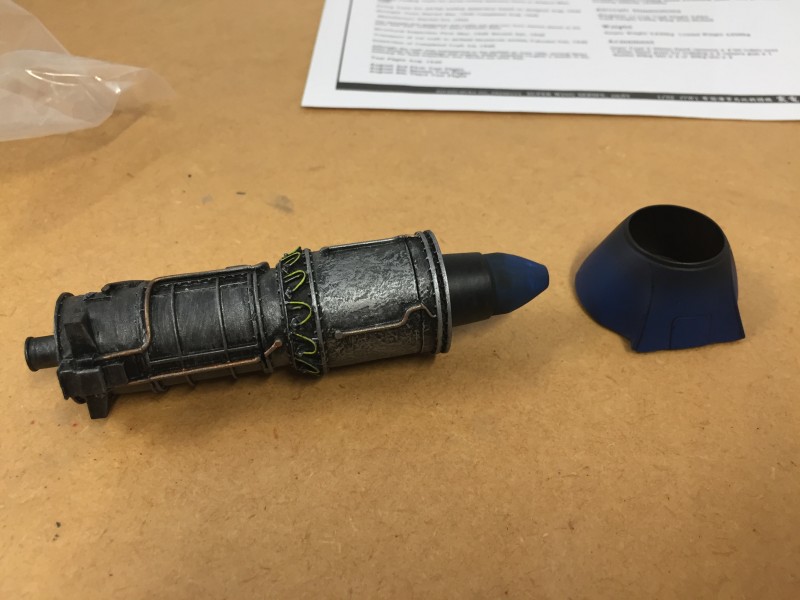
Volks based this on the schematics for the proposed Ne-130A Turbojet and basic afterburner. Crude, but beautiful.
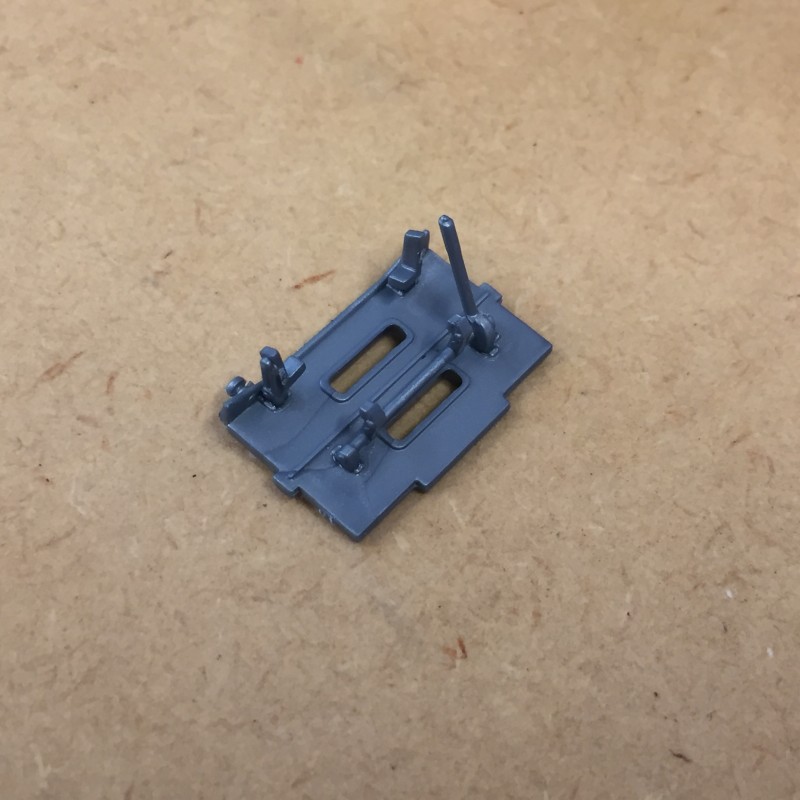
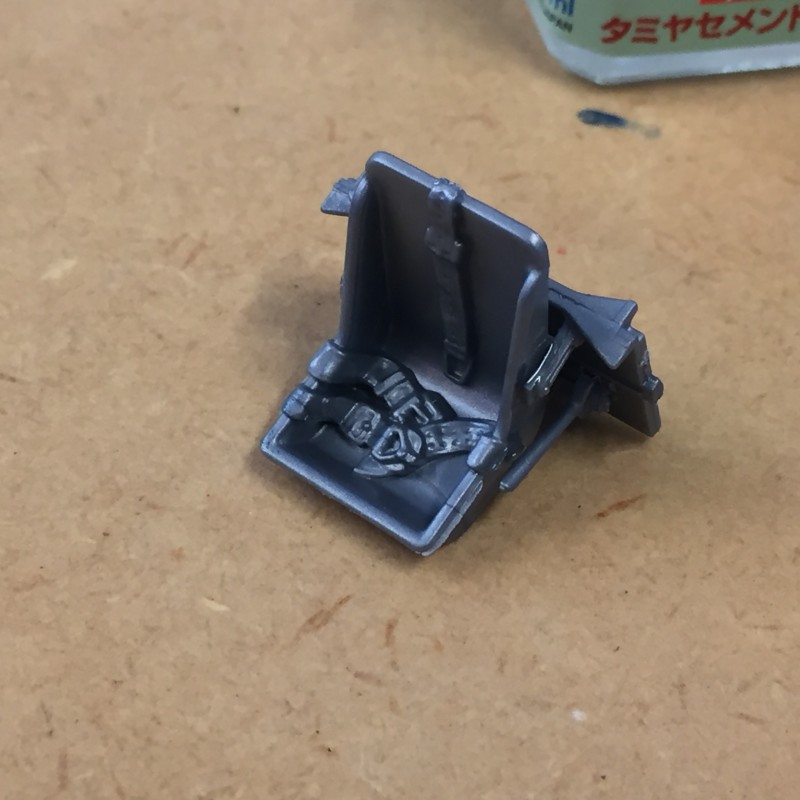
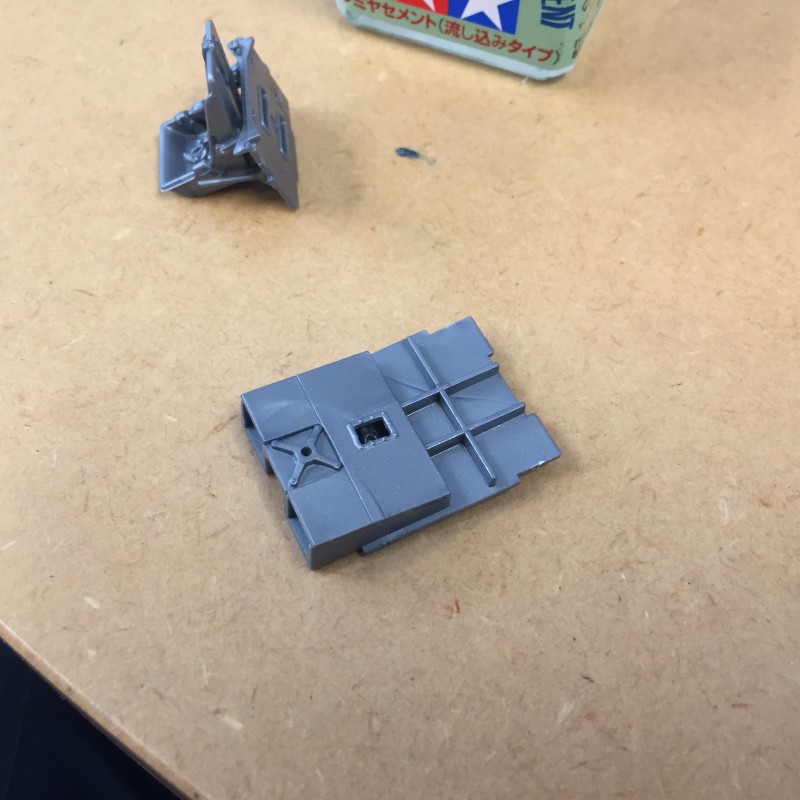
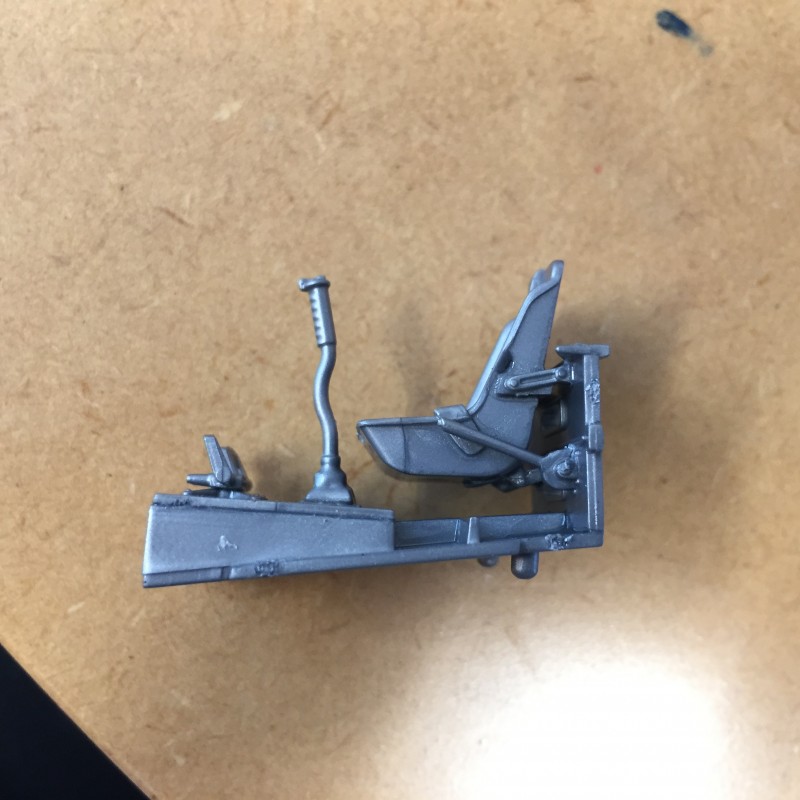


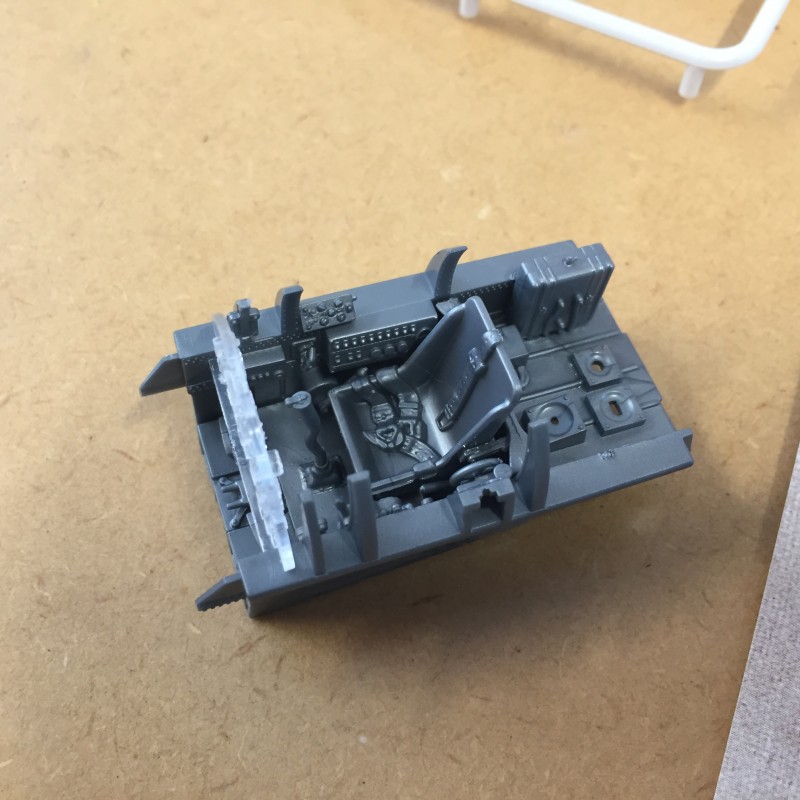
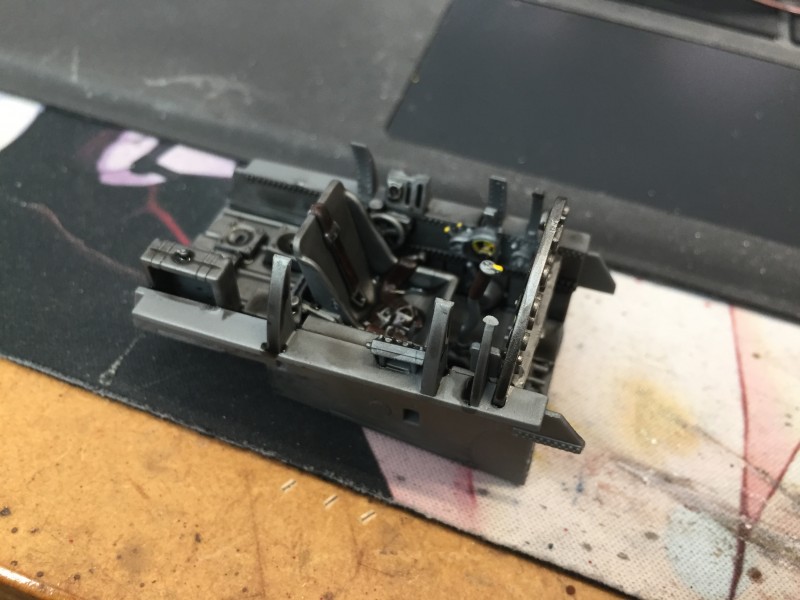
A very simple cockpit, and I decided not to pick up the more detailed resin set which really should be used with the Turbine version of the Shinden.
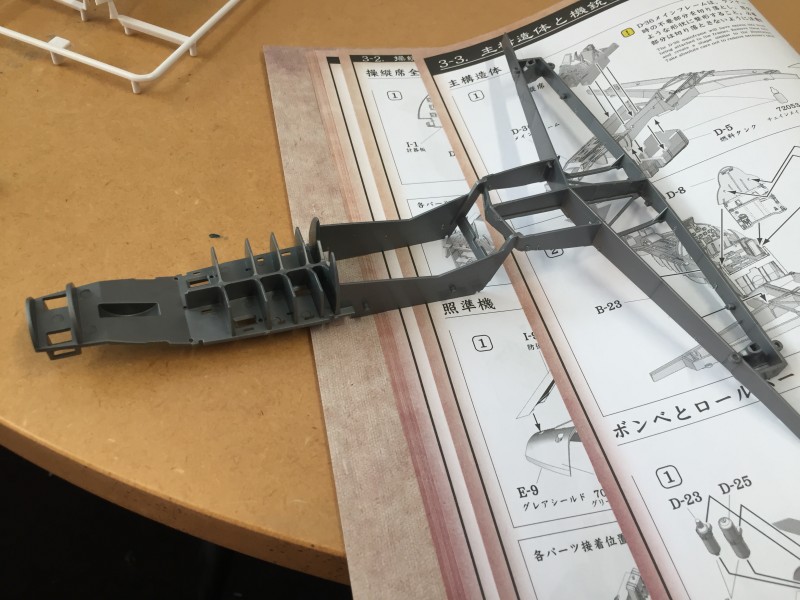

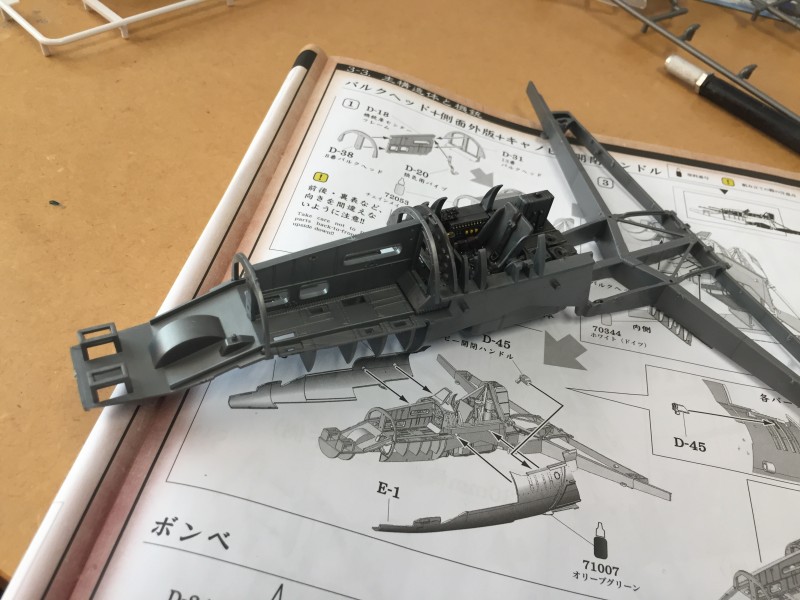
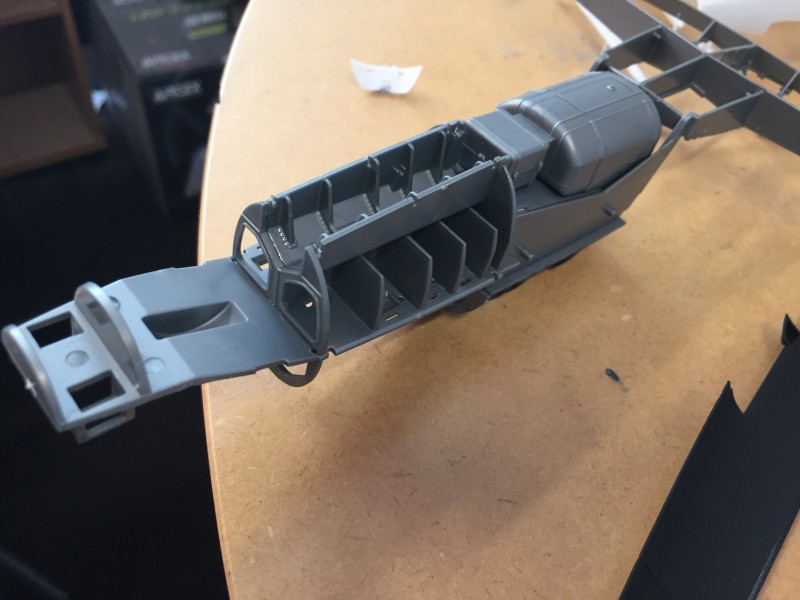
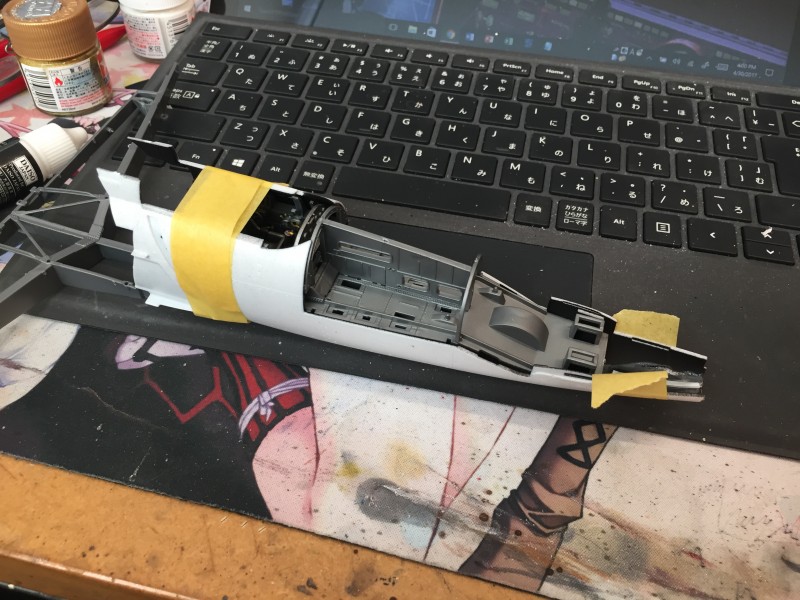
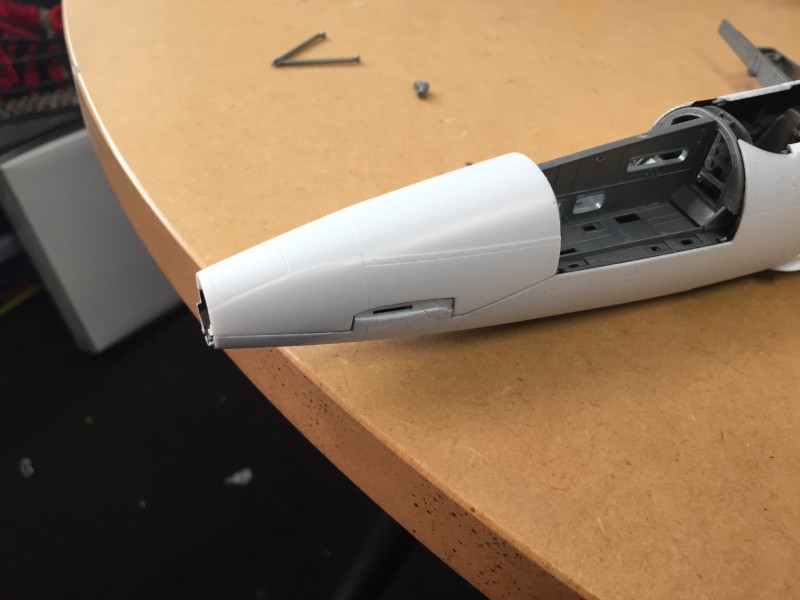
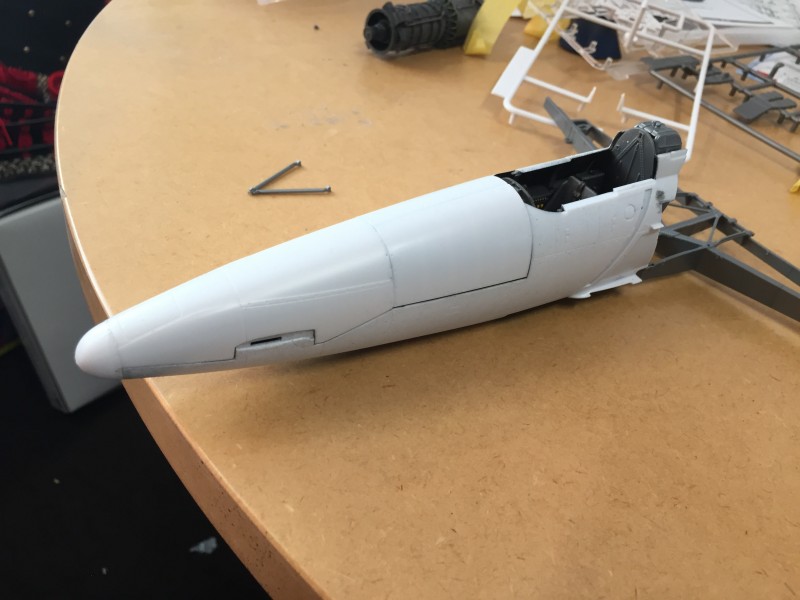
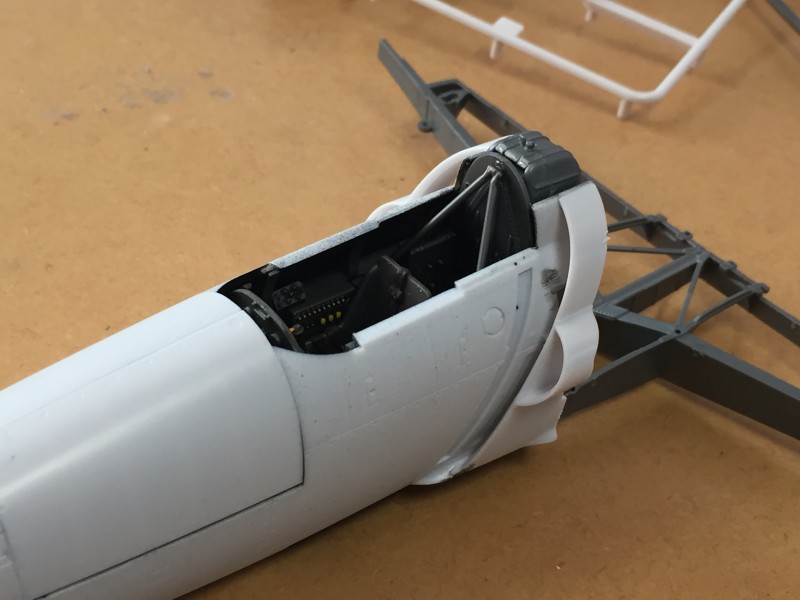
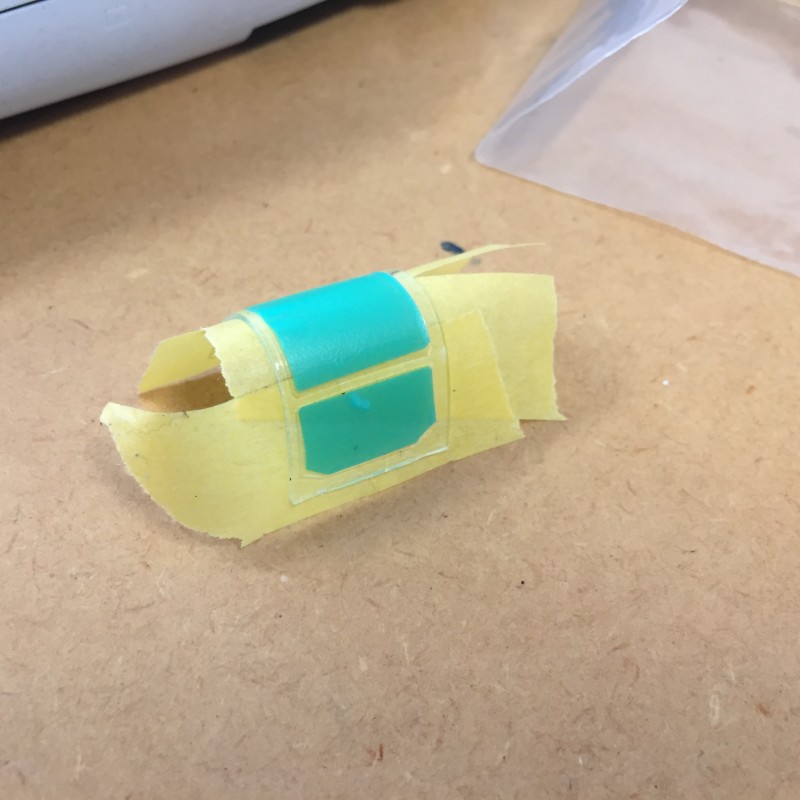
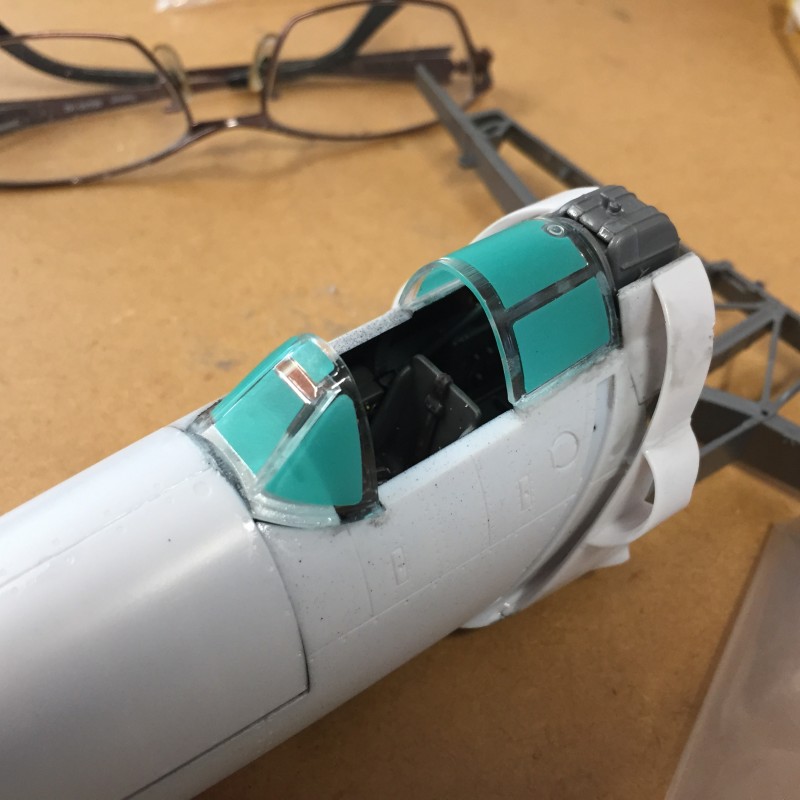
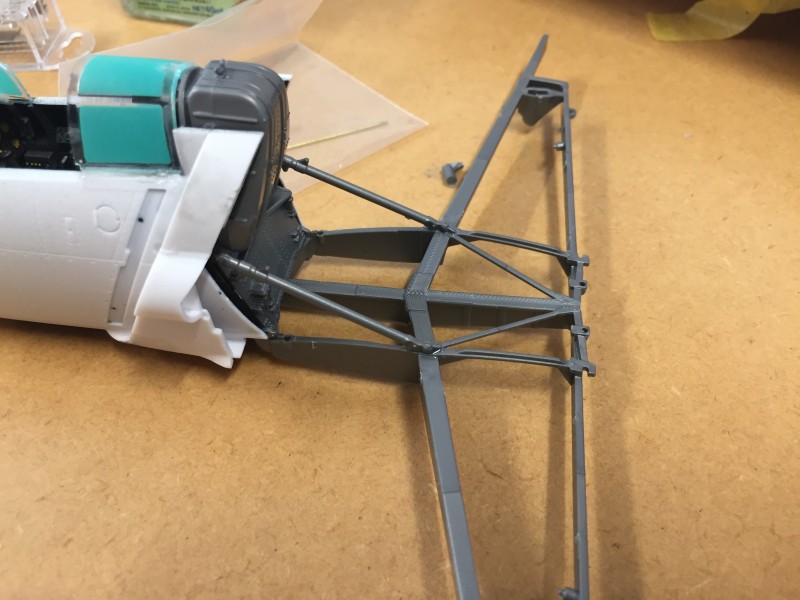
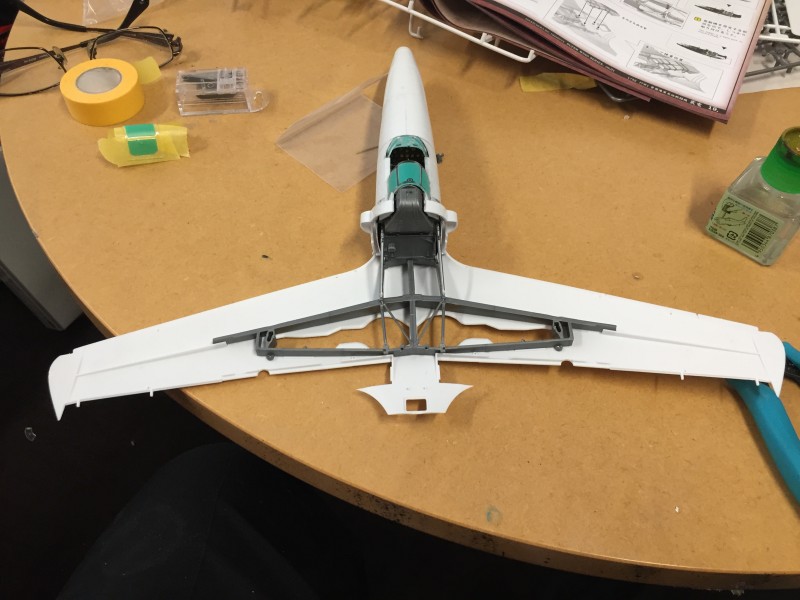
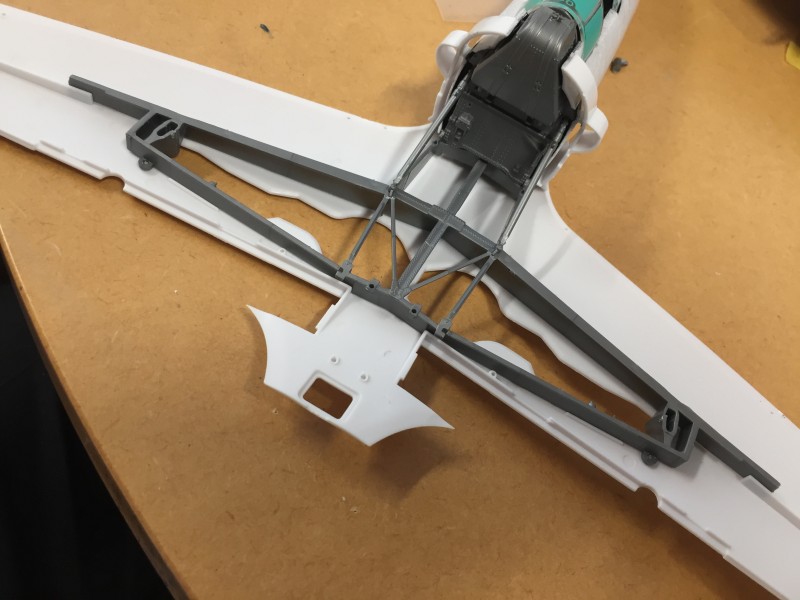
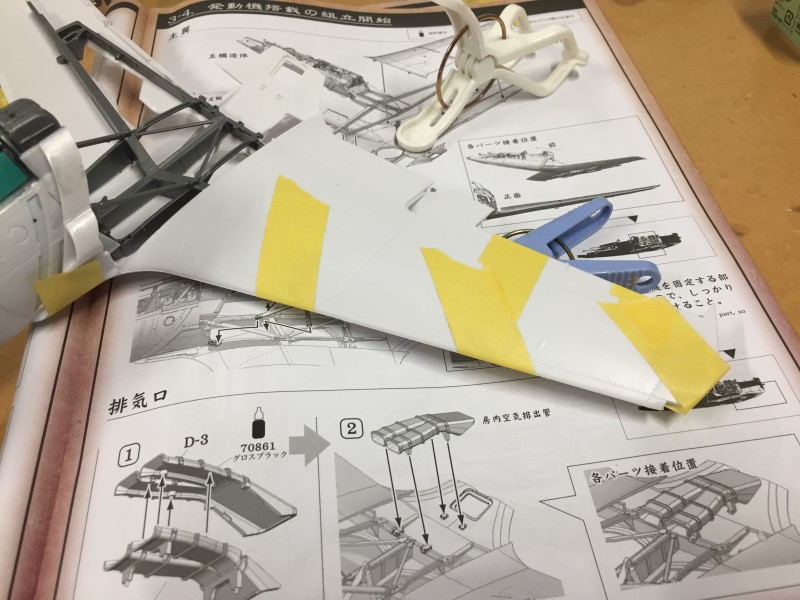
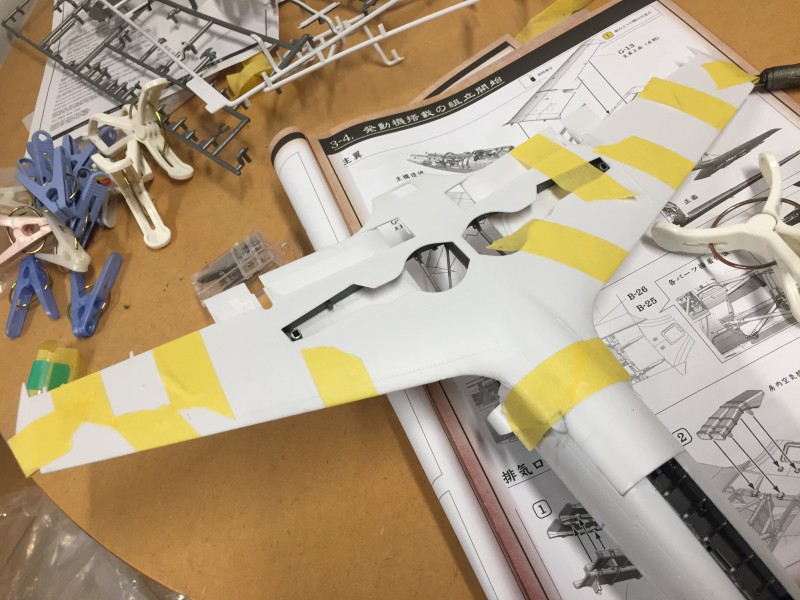
Tape and pegs will be your friends on these wings… They simply do not want to stick together without aid.

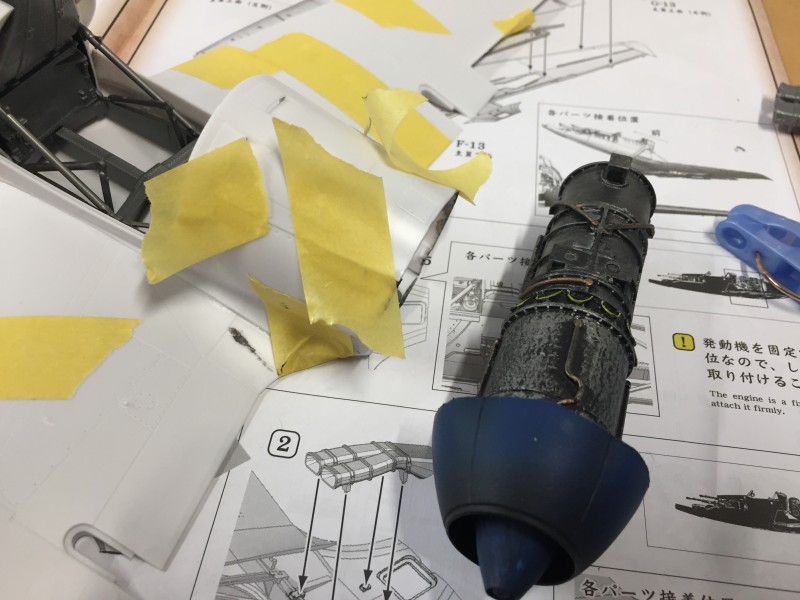
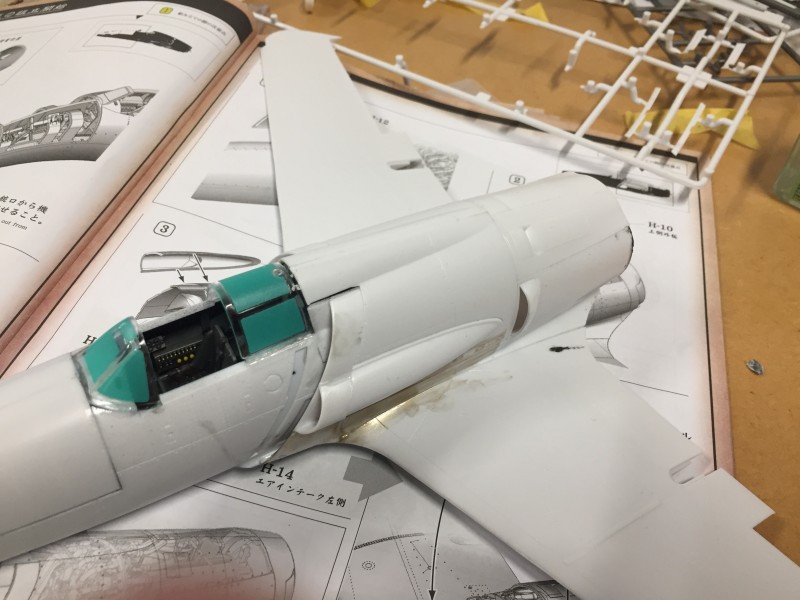
Gaps, gaps, gaps… Oh so many gaps. The fault is mine, however, not that of the kit.
My haste has always been my downfall.
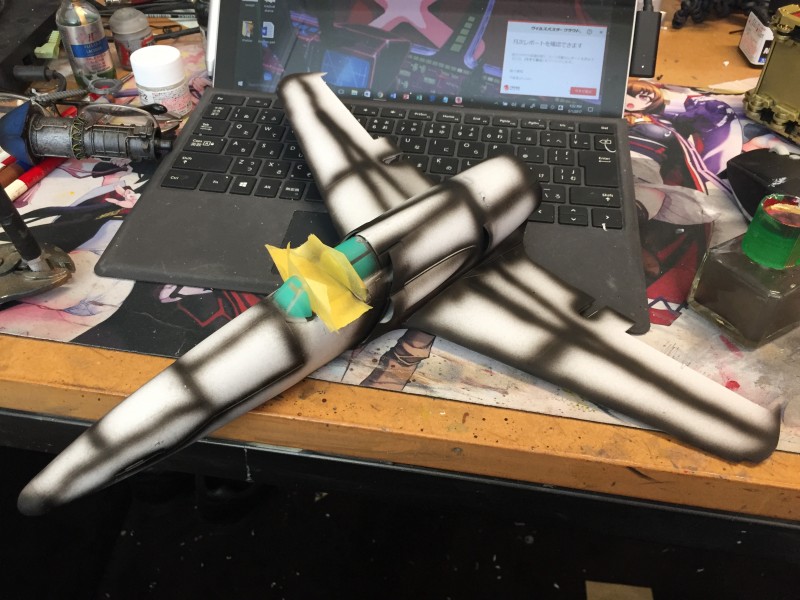
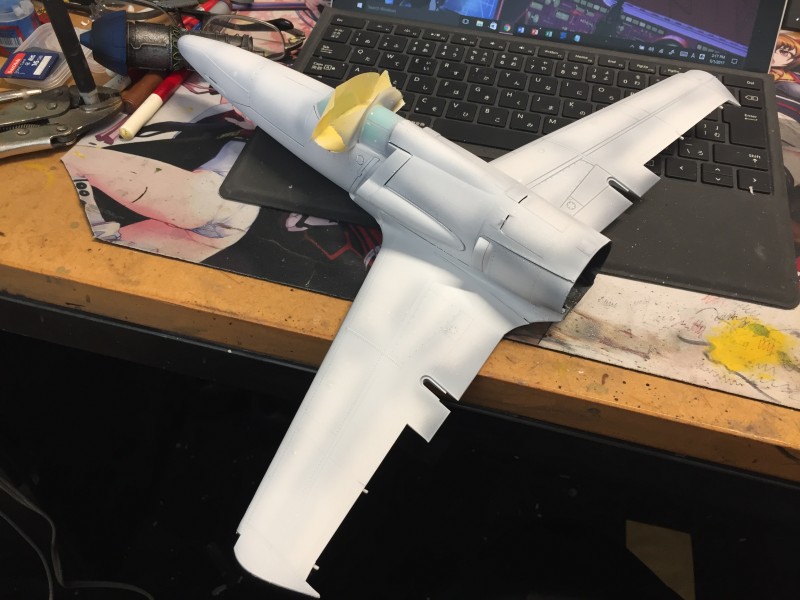
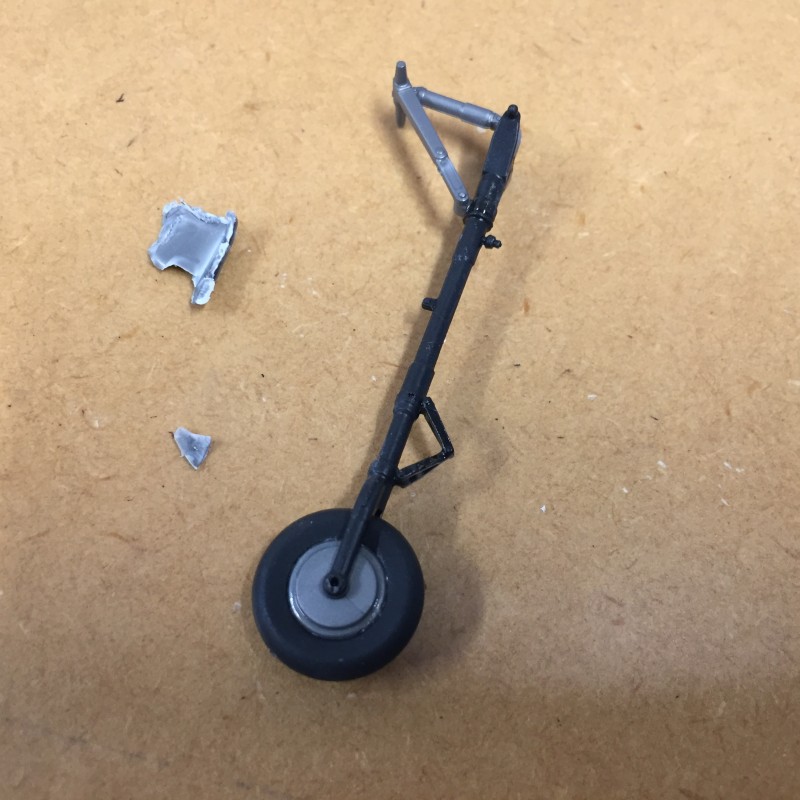
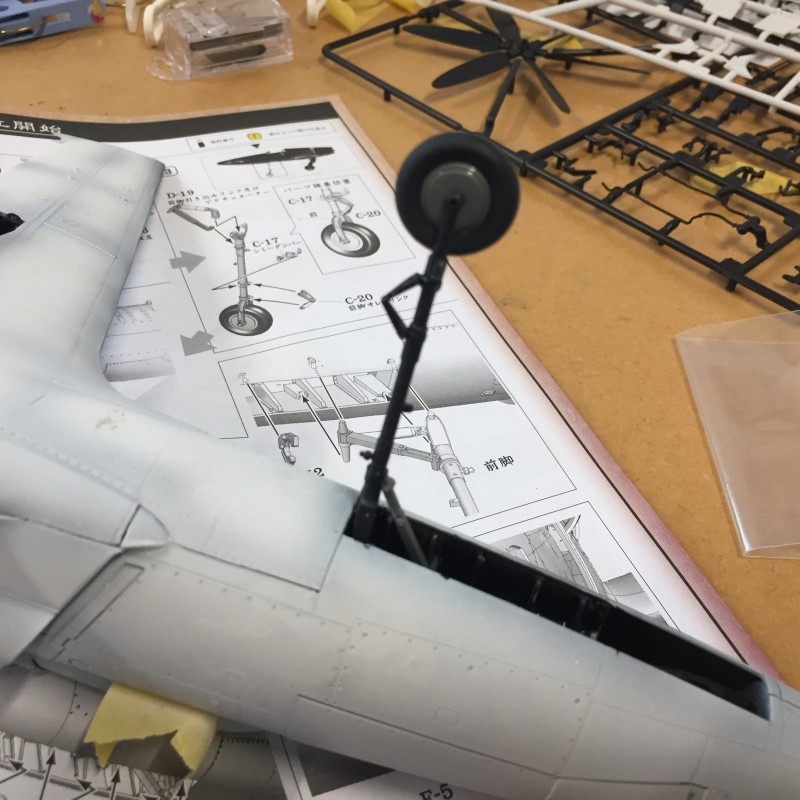
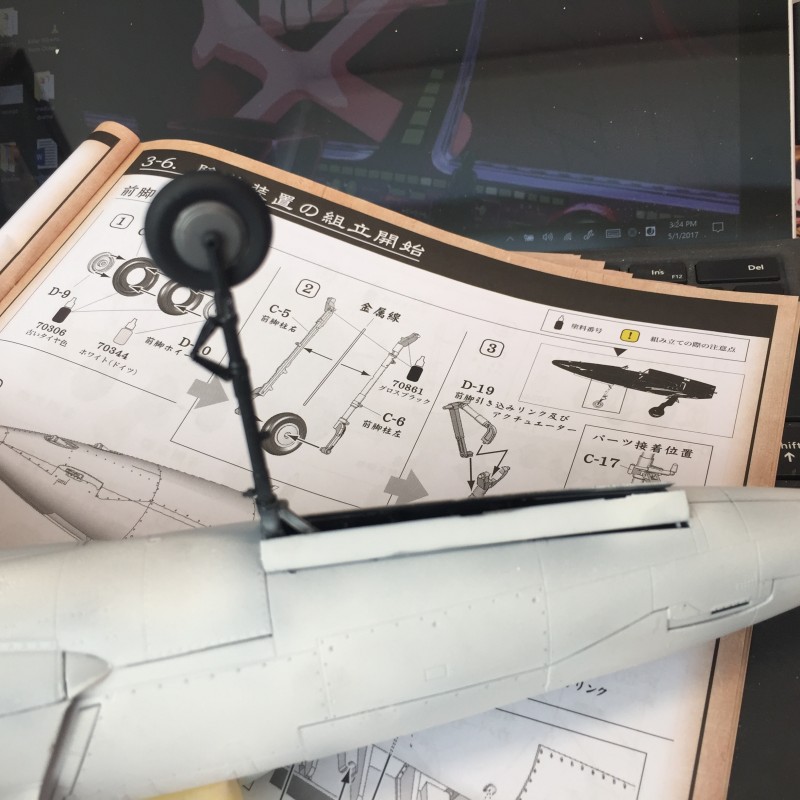
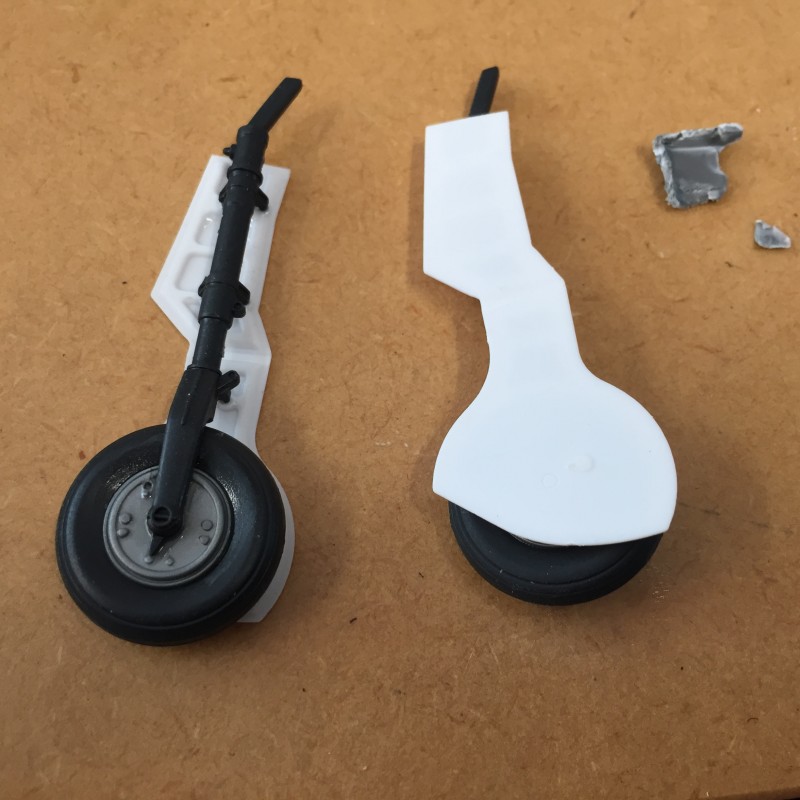
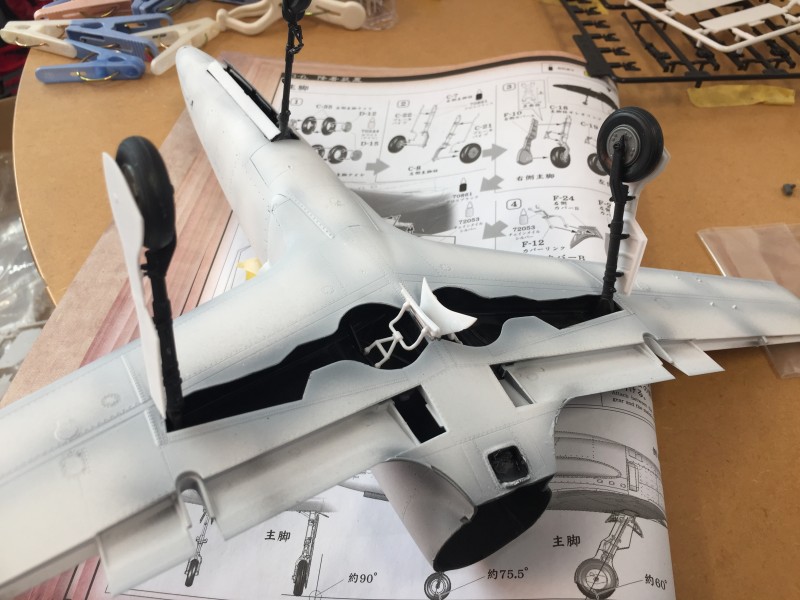

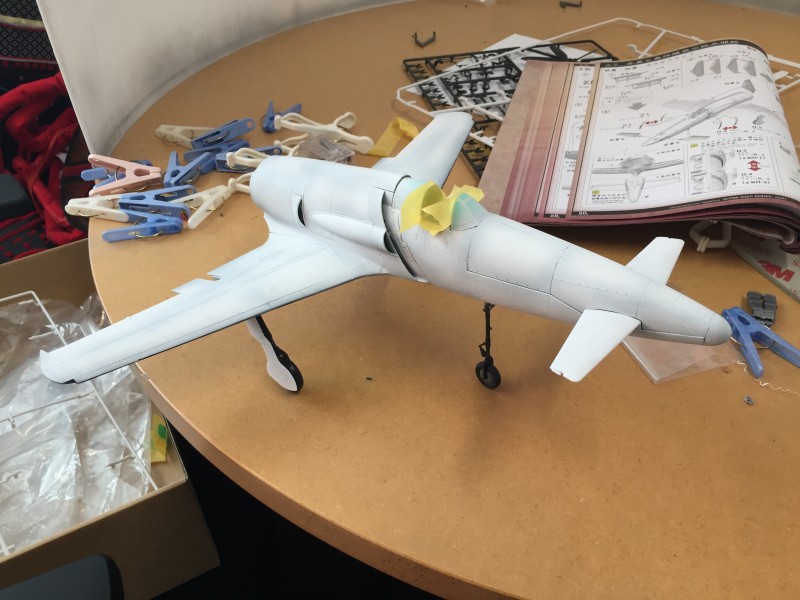
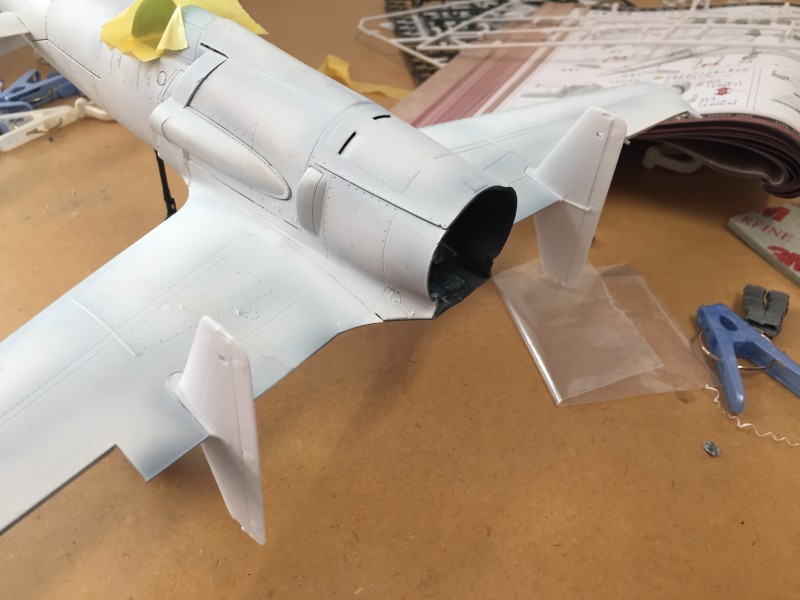
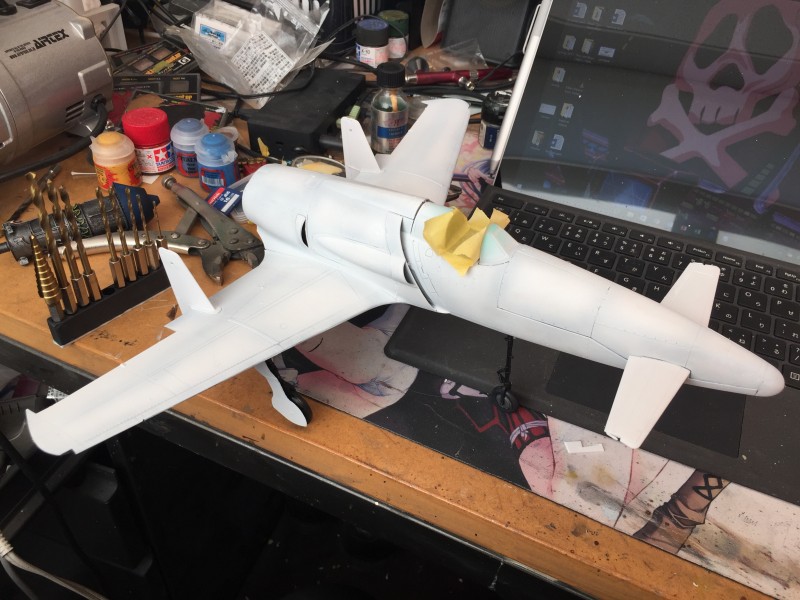

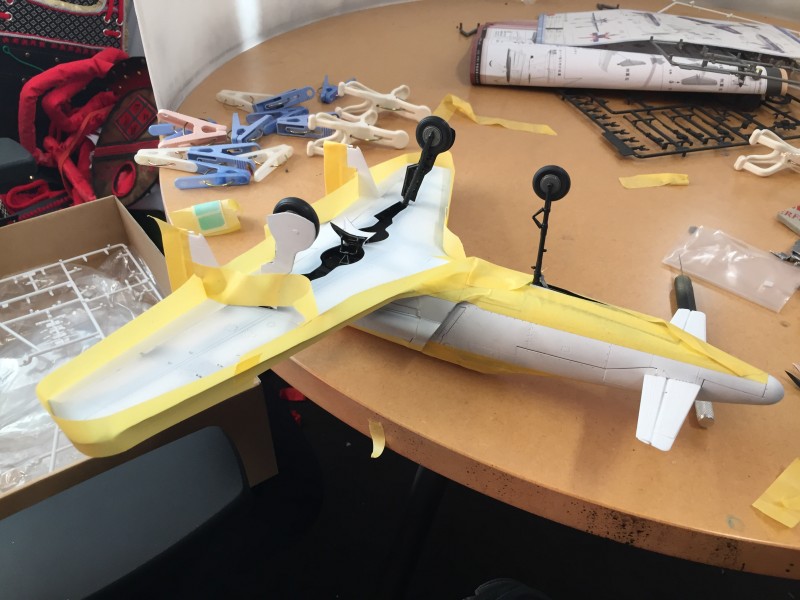
All praise to the gods of the Airbrush. I do not know how I managed before I bought one of these.

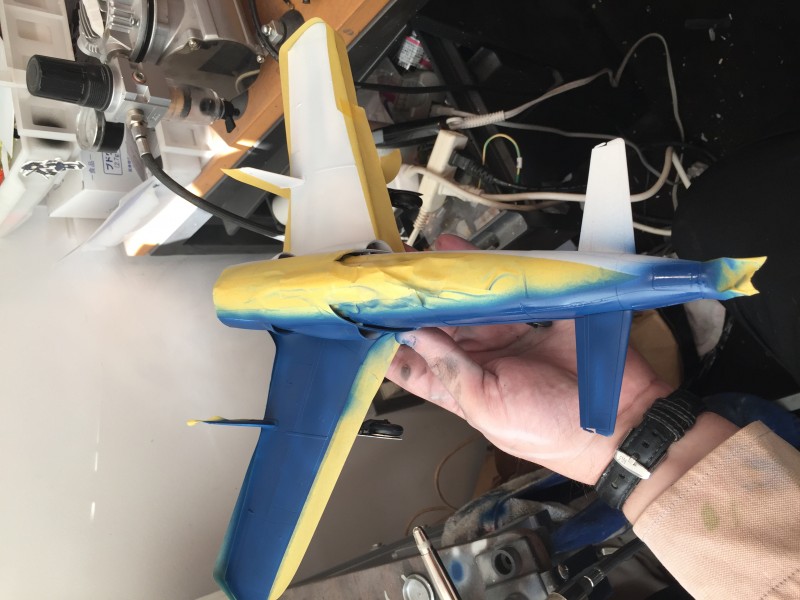
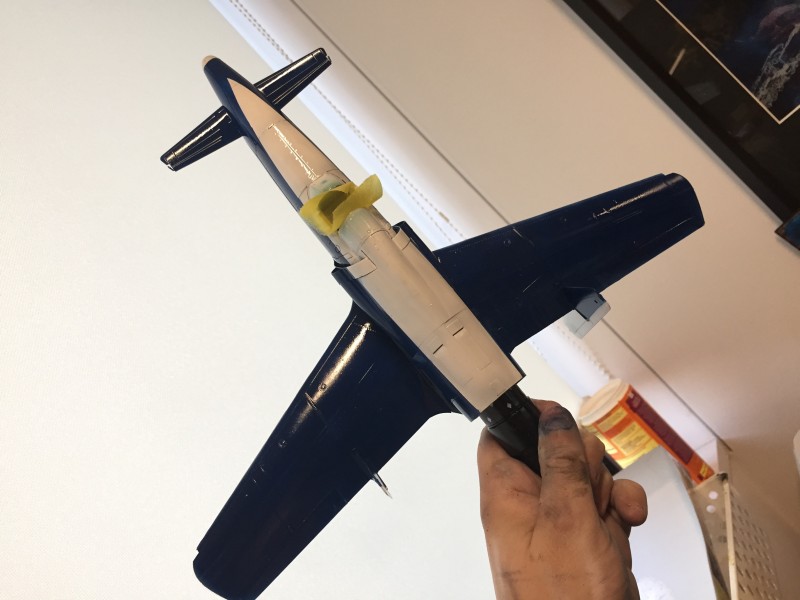
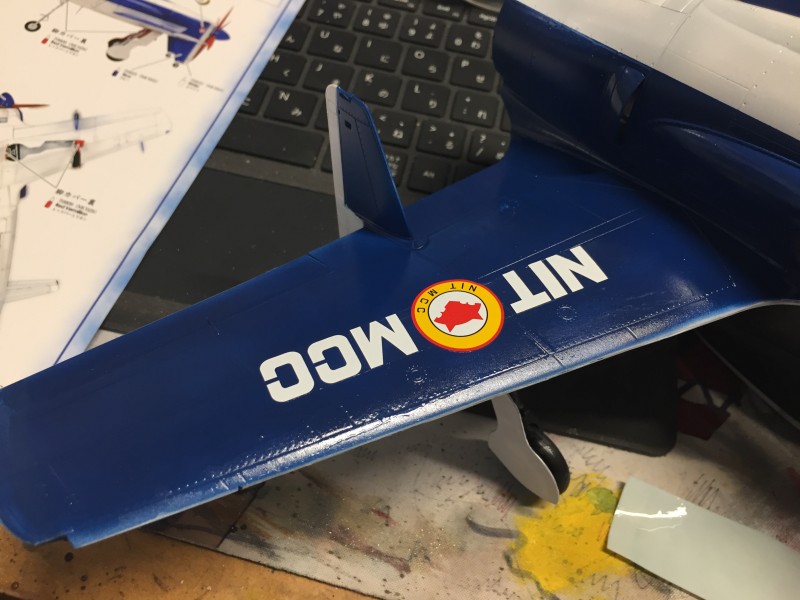
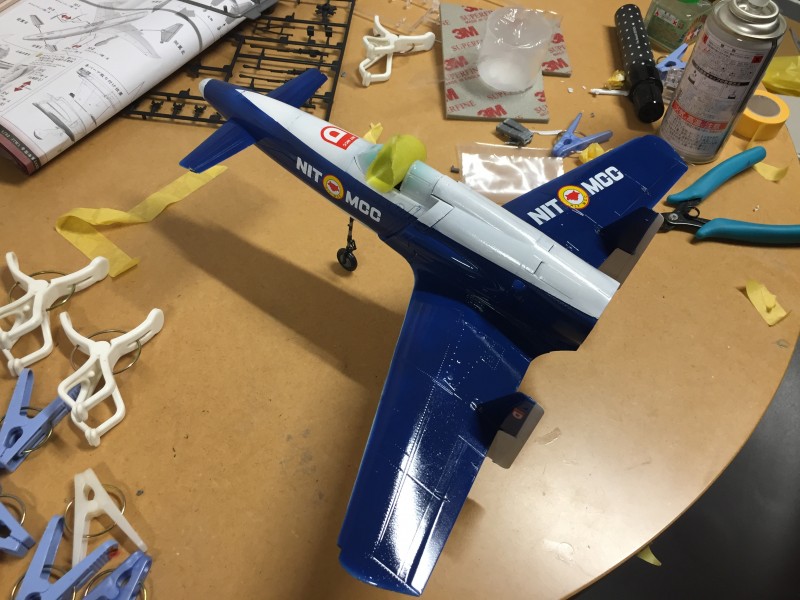
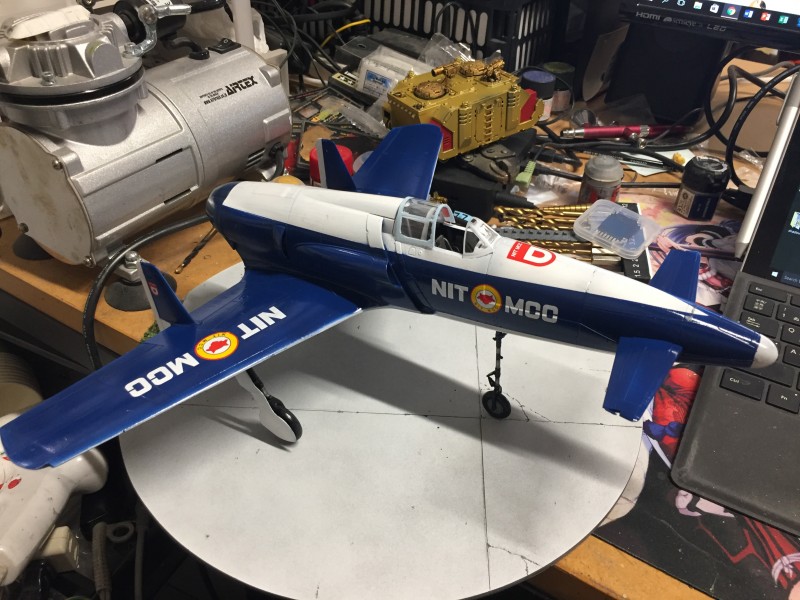
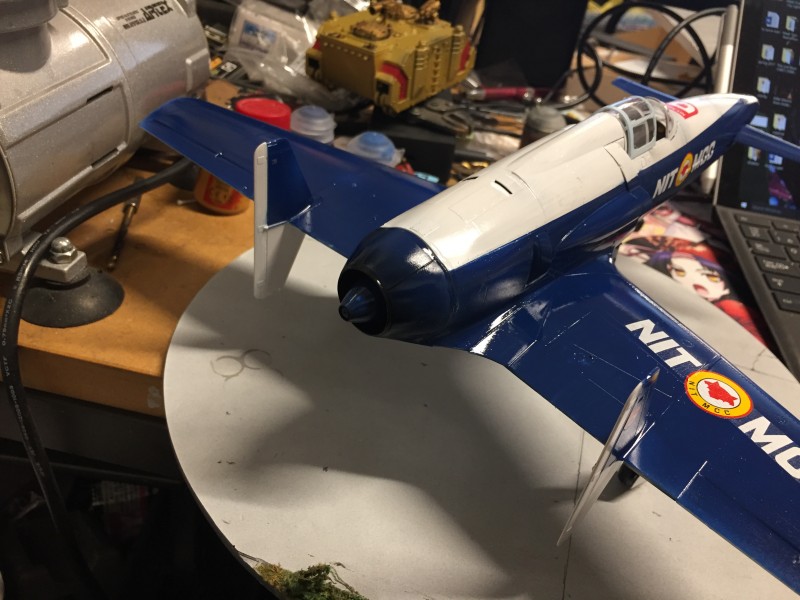
I’m not normally a fan of gloss finishes, but for an Air Racer for the Norns I think I had better make an exception. Note that the paint scheme is not quite a ‘manga match’, as I wanted a slight variation for the turbine version… And, I forgot some things too, but we need not discuss that…

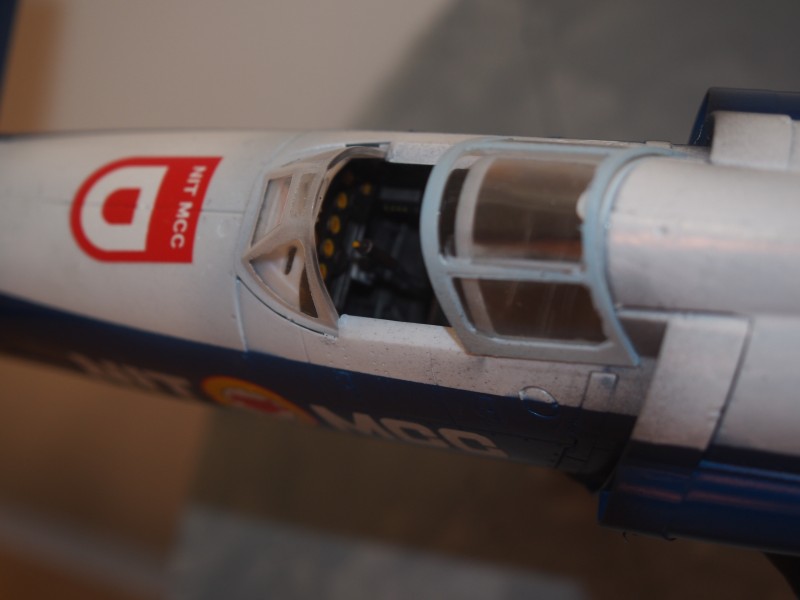

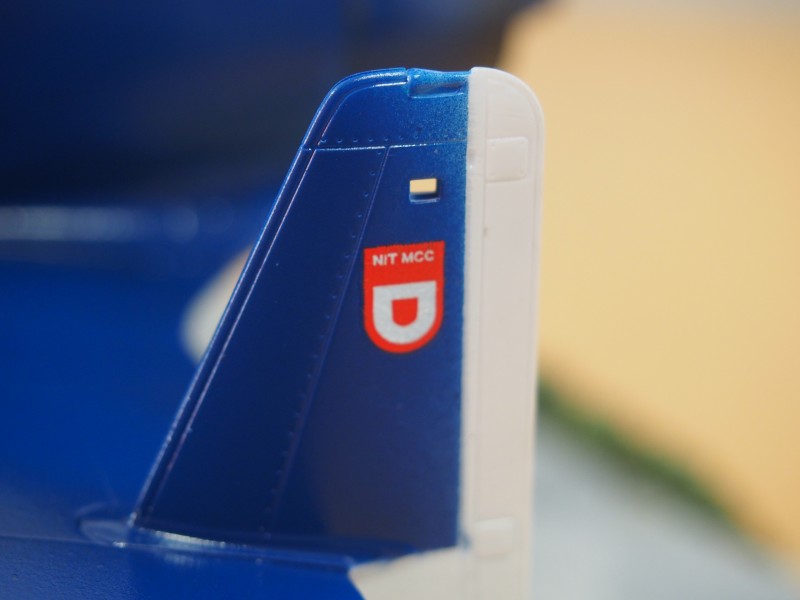
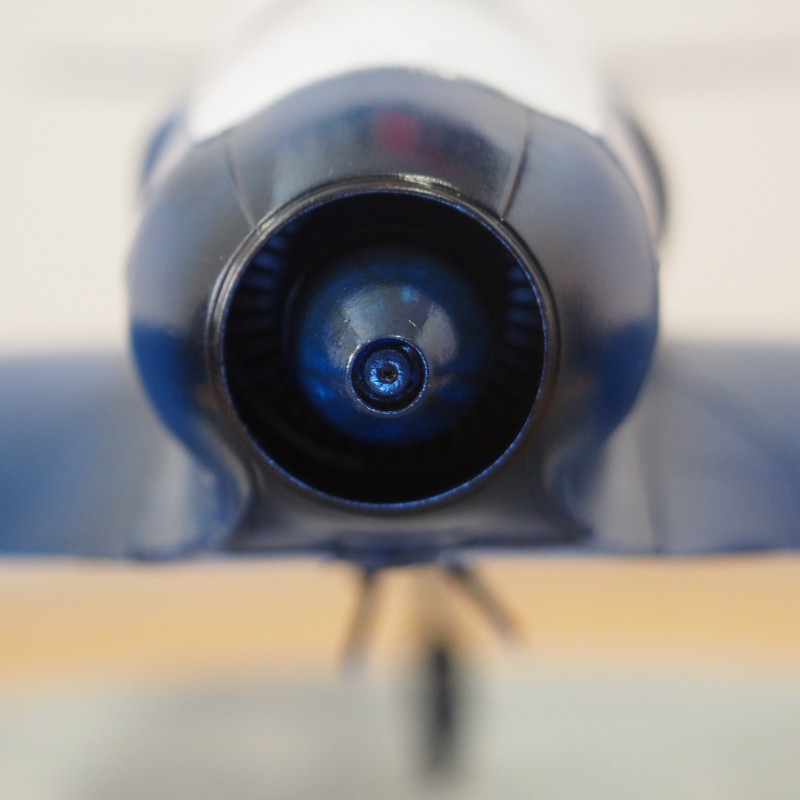
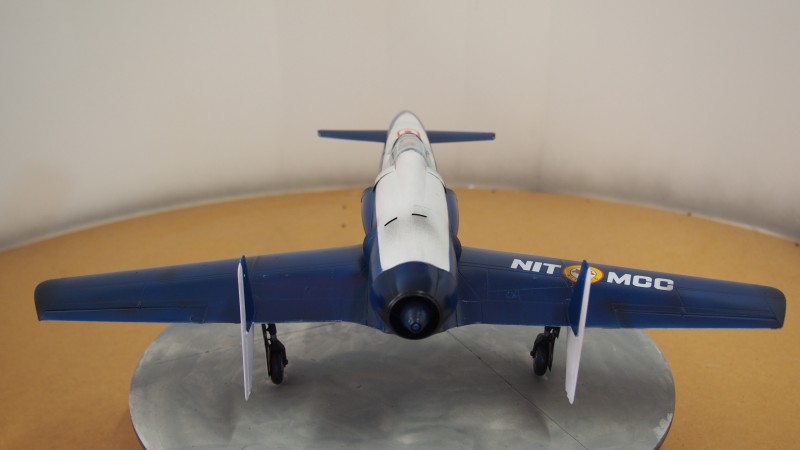
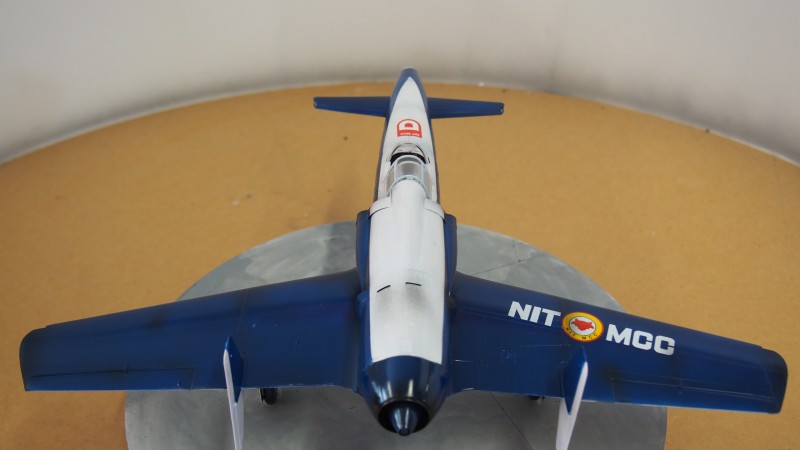
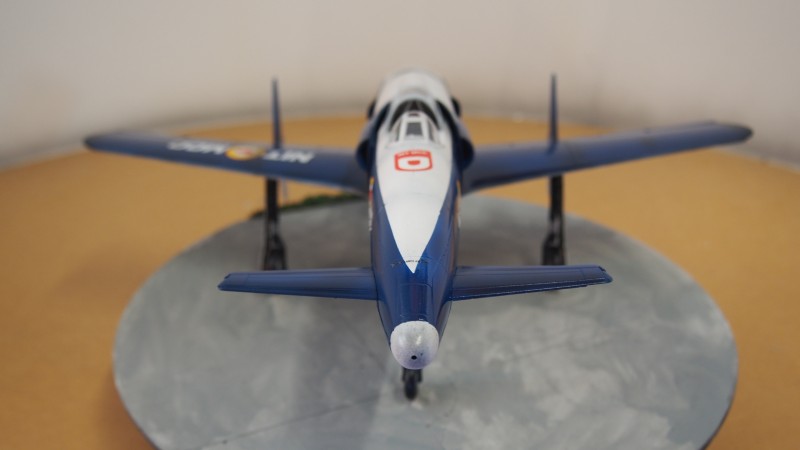
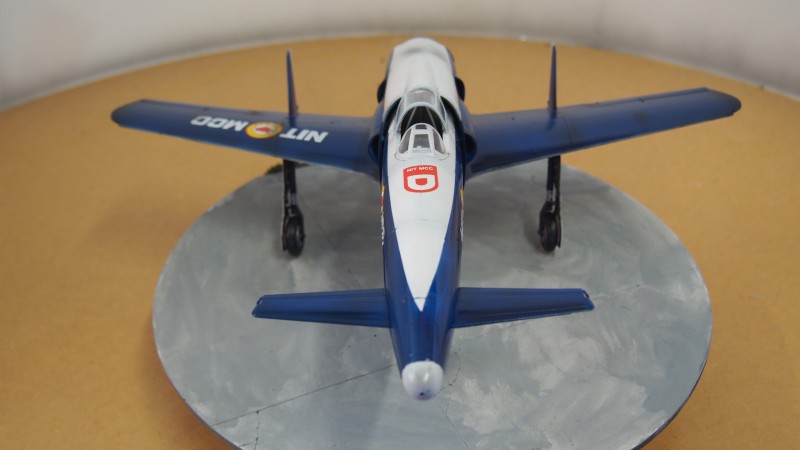

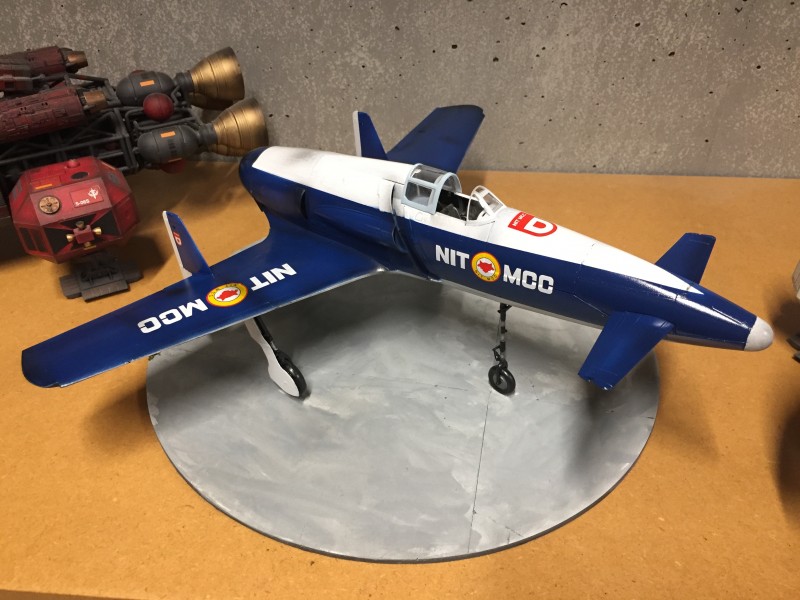
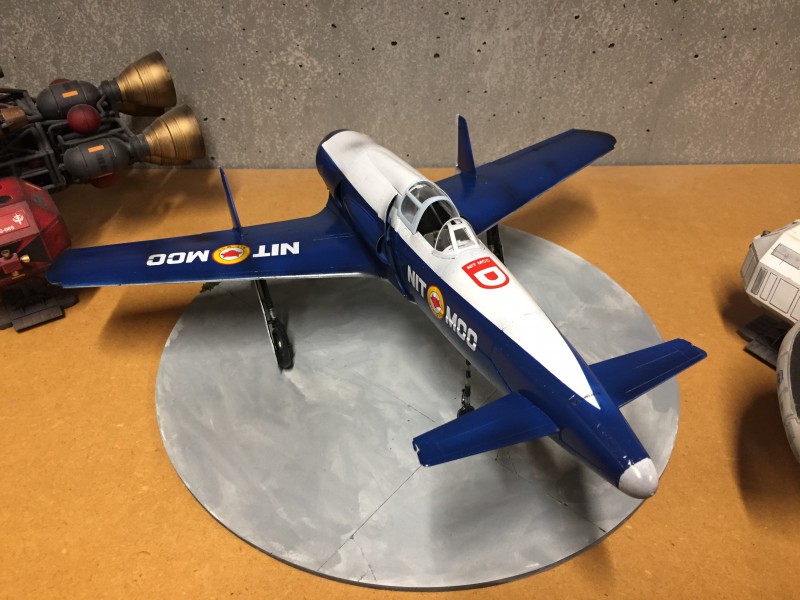
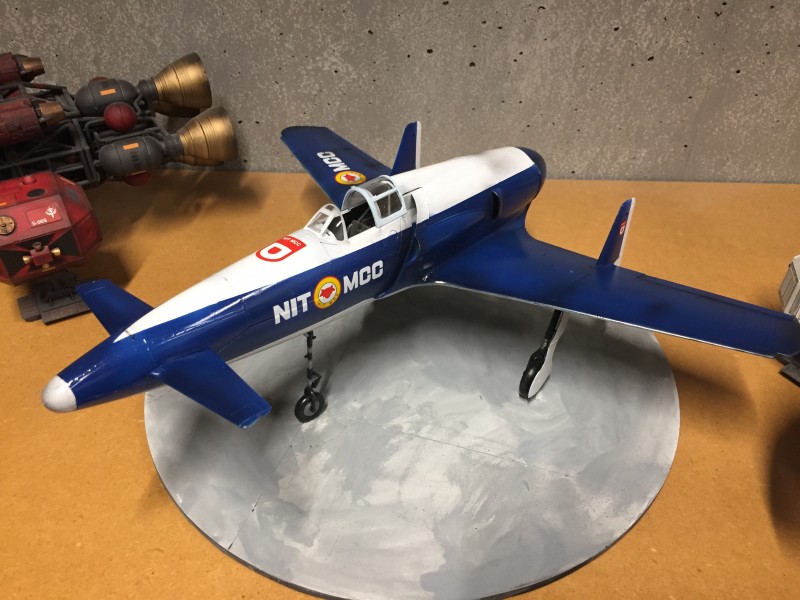
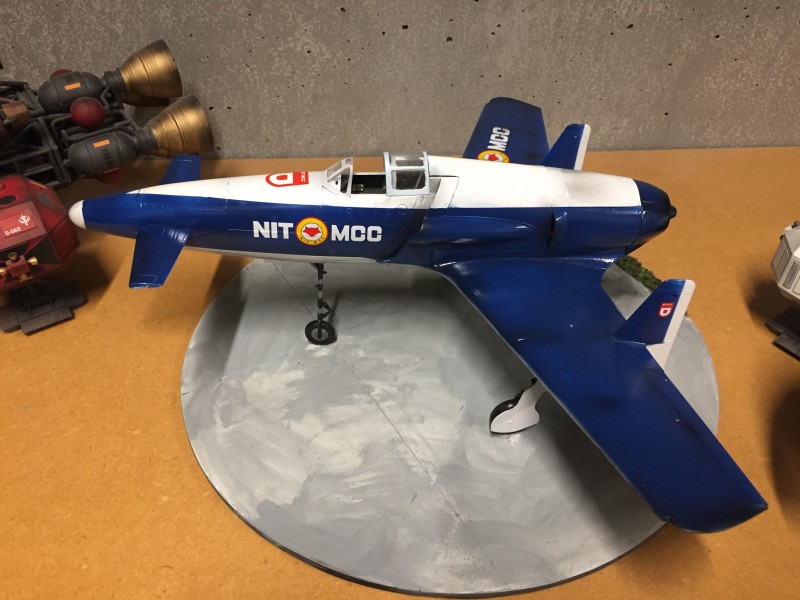
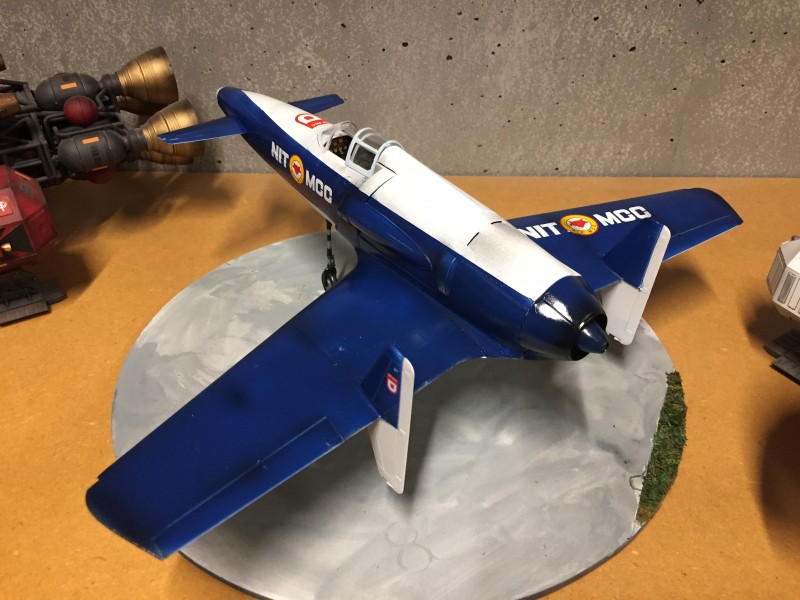
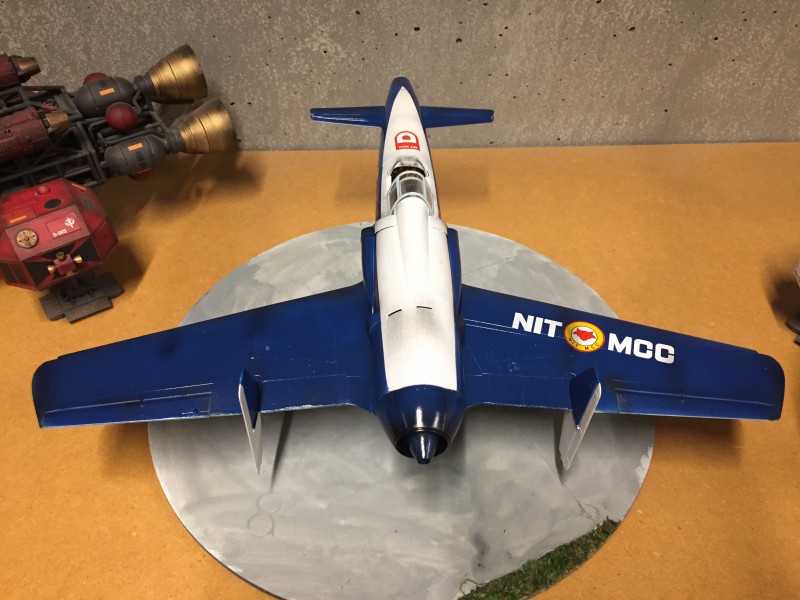
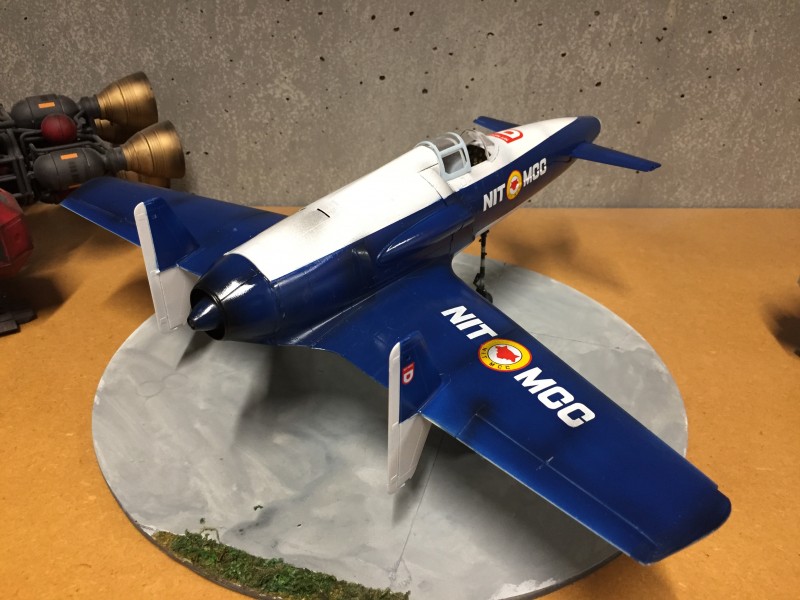
Conclusions
All the SWS kits are works of art in their own way.
Perhaps the tooling is not quite up to the mark of Bandai or Tamiya, but they tackle subjects with greater depth than most and with a historical rigor that puts every other maker to shame – not only putting out their own extensive detail parts, but also a series of books on the history of the planes they make in their SWS series.
Not cheap, to be sure, but no more or less so than their Tamiya, Revell, or Hasegawa counterparts in scale.
Dr. Robodaz.
